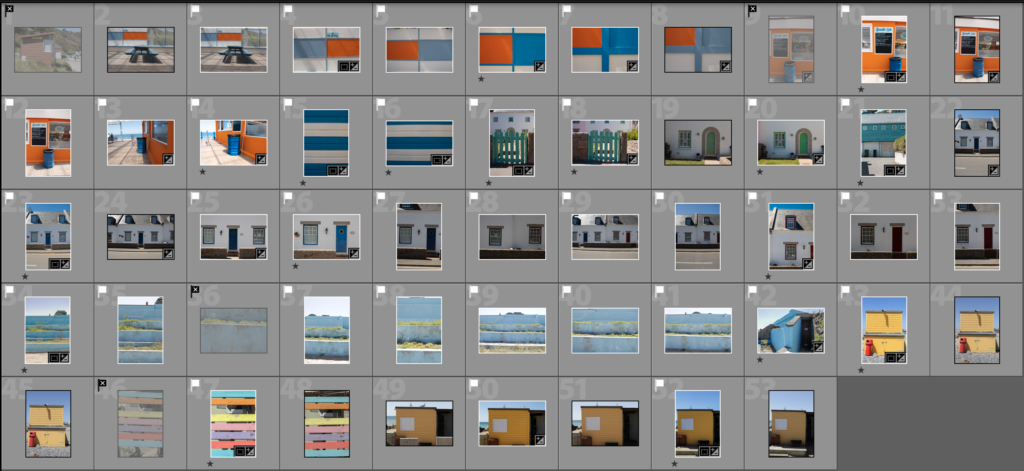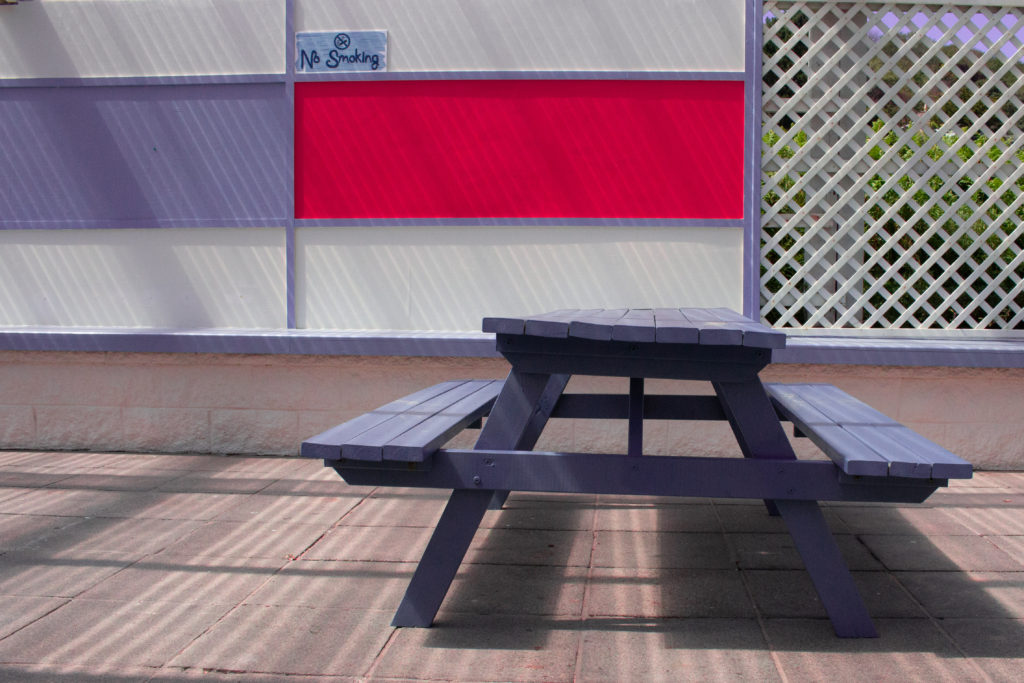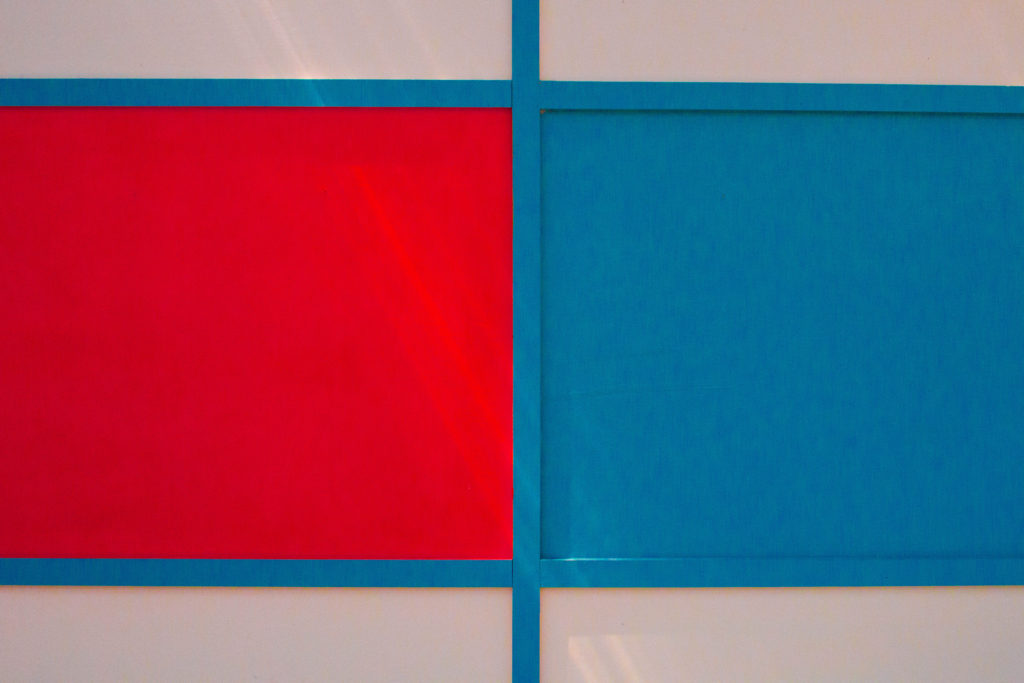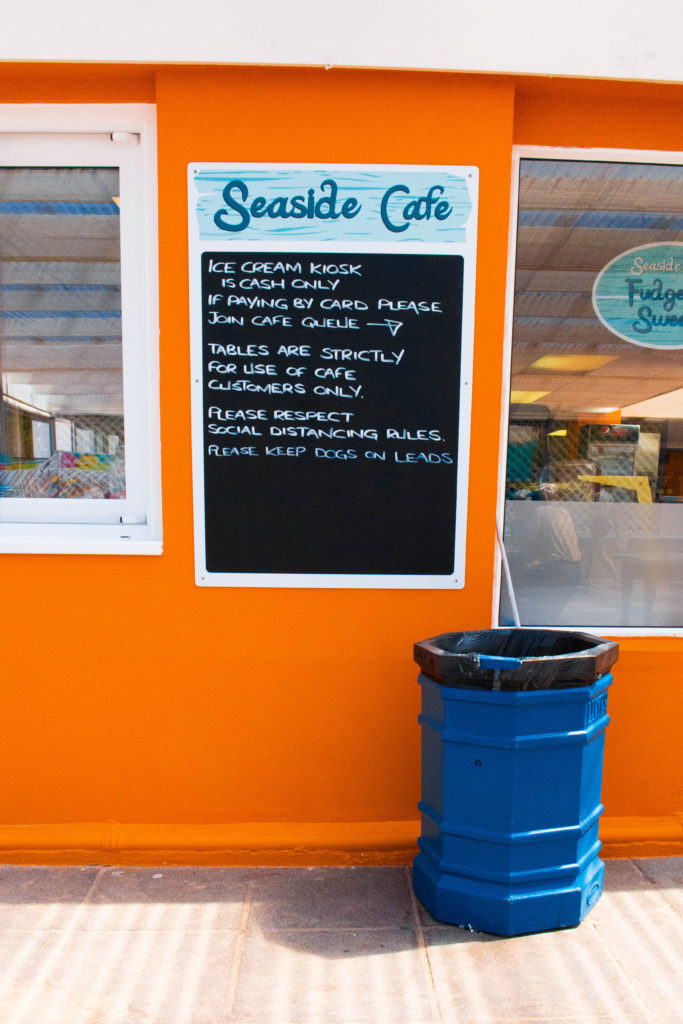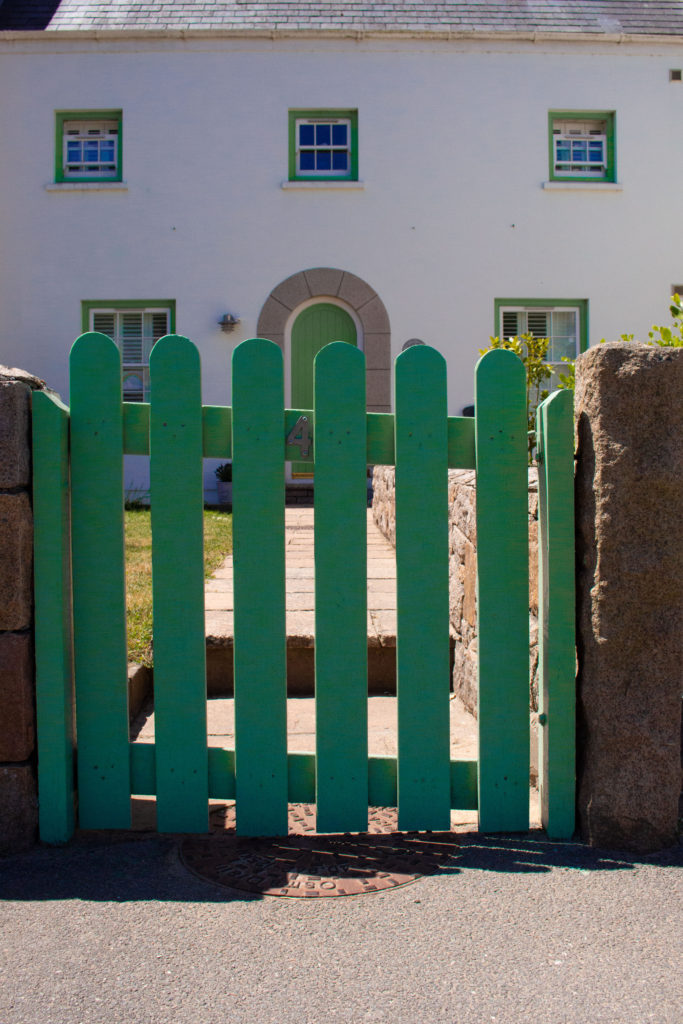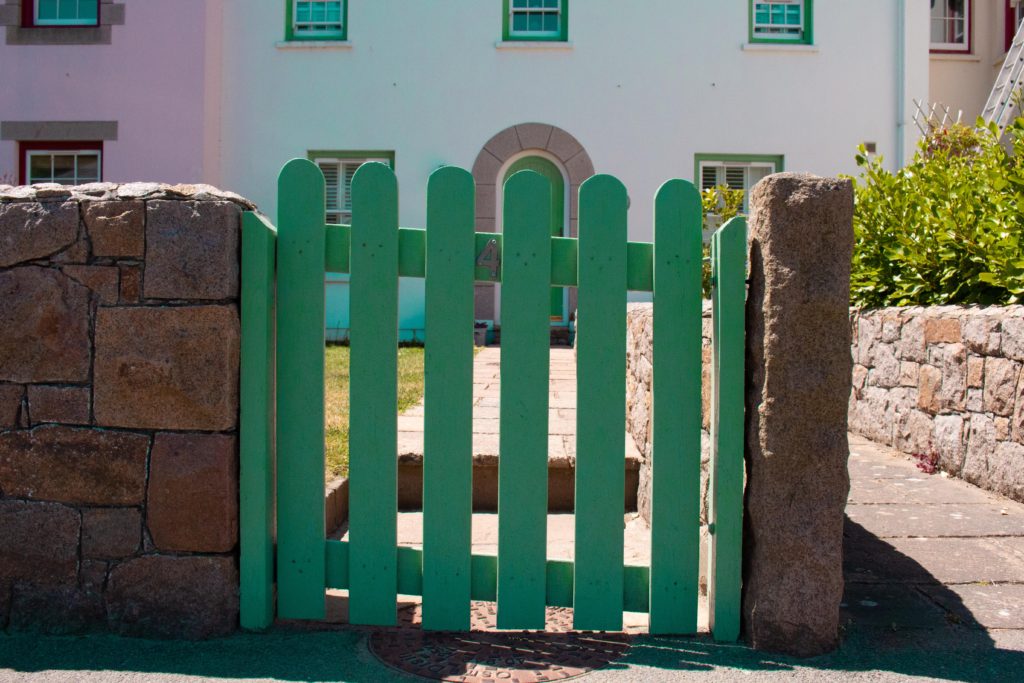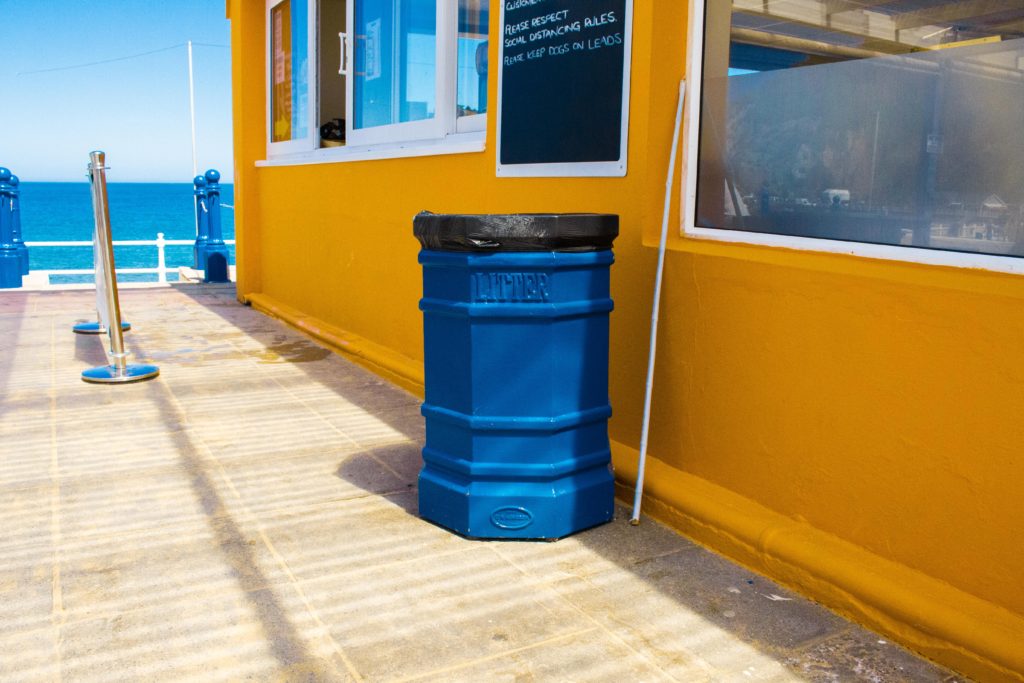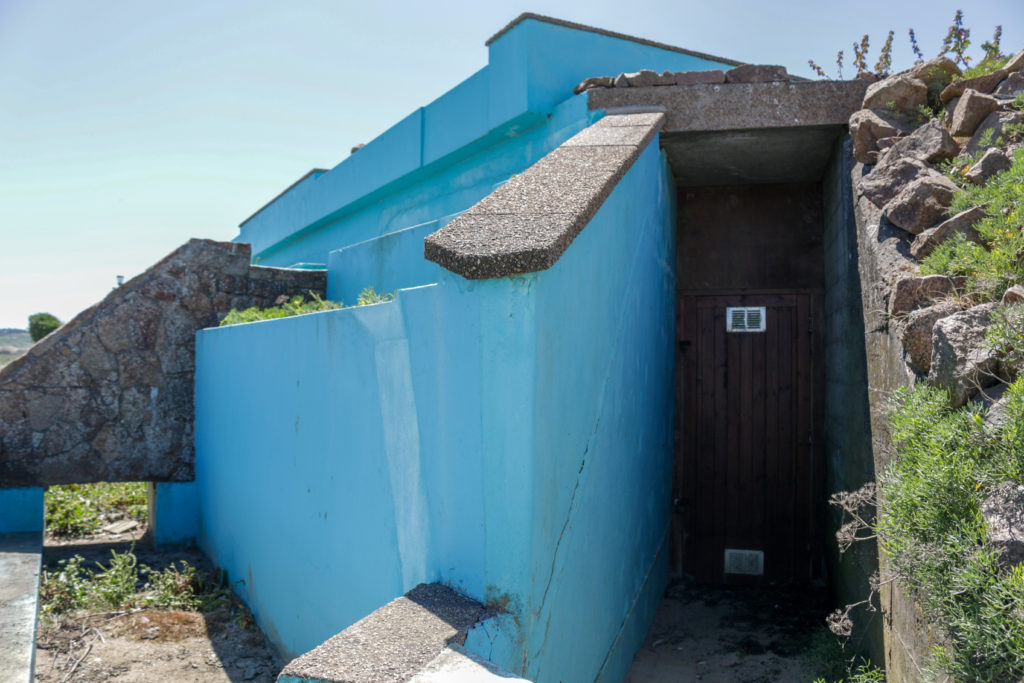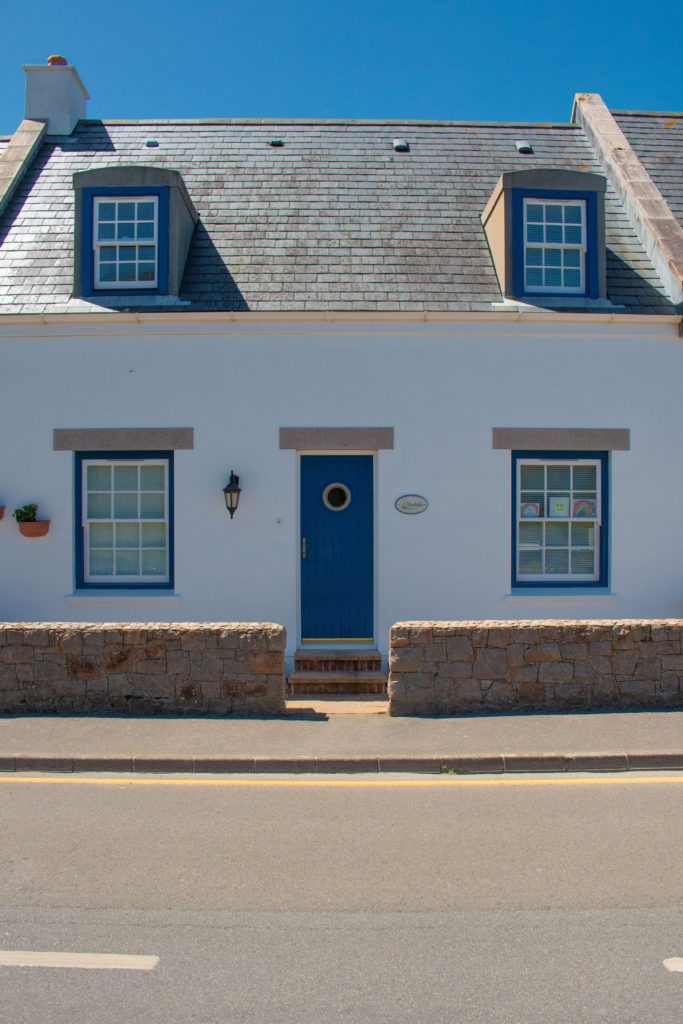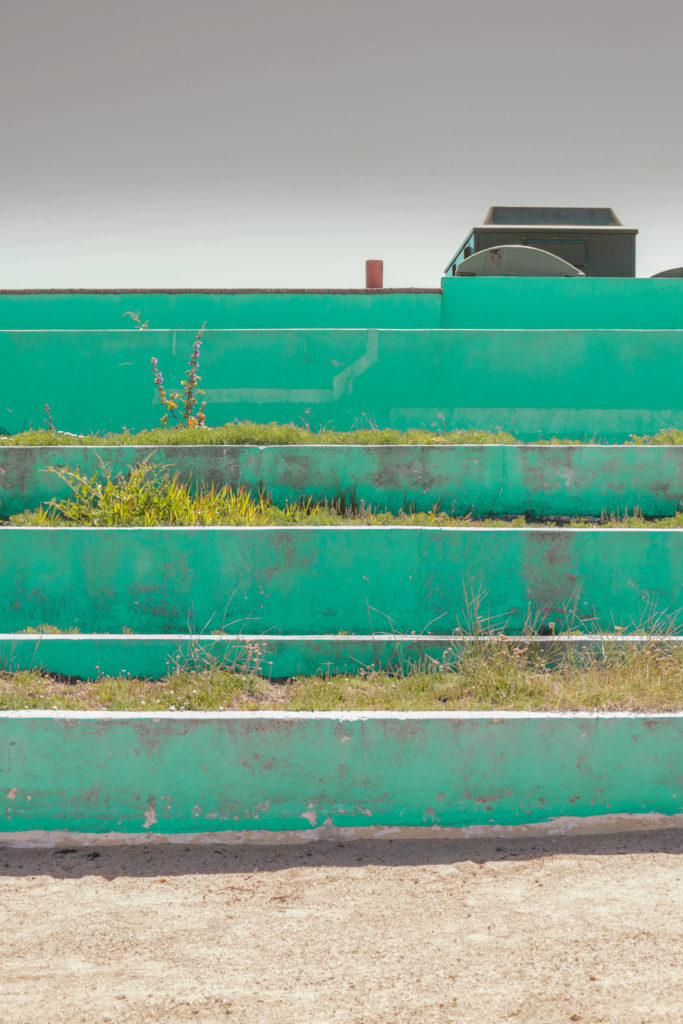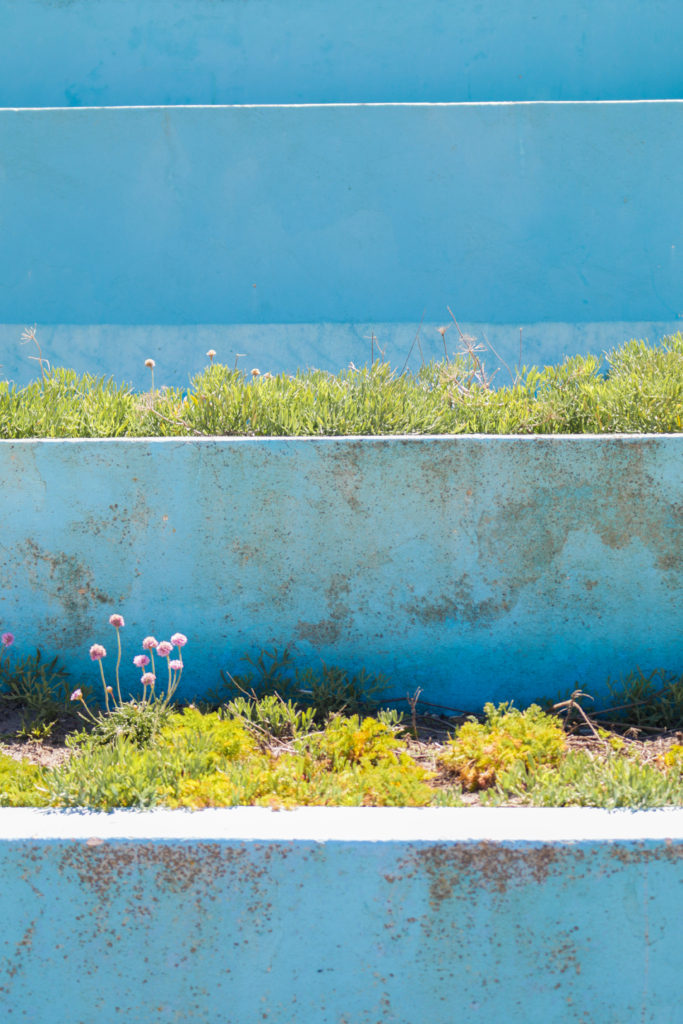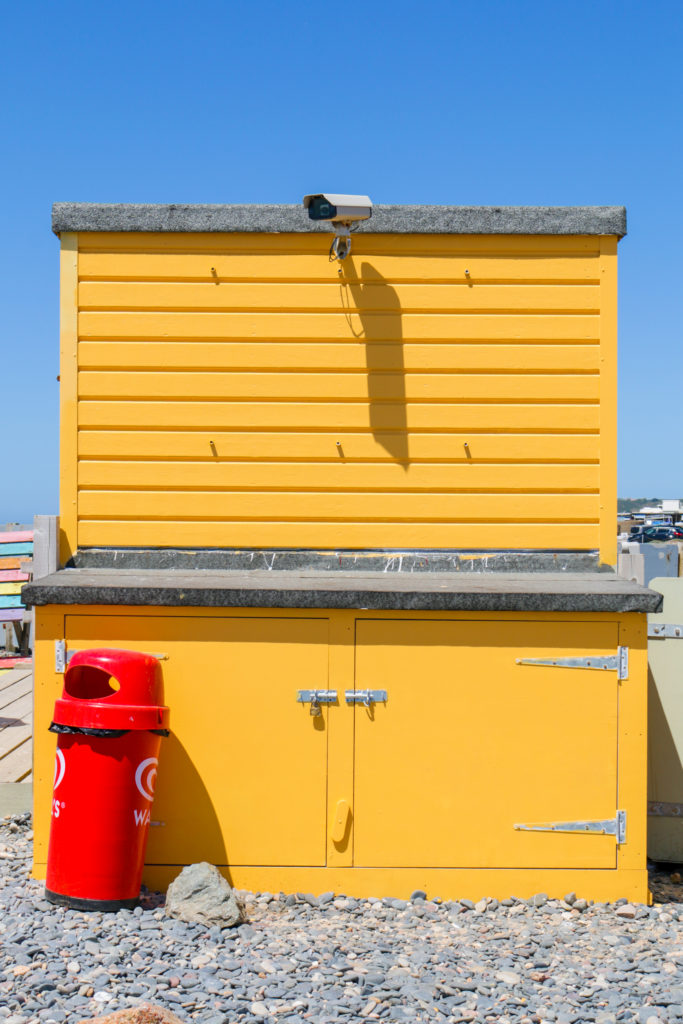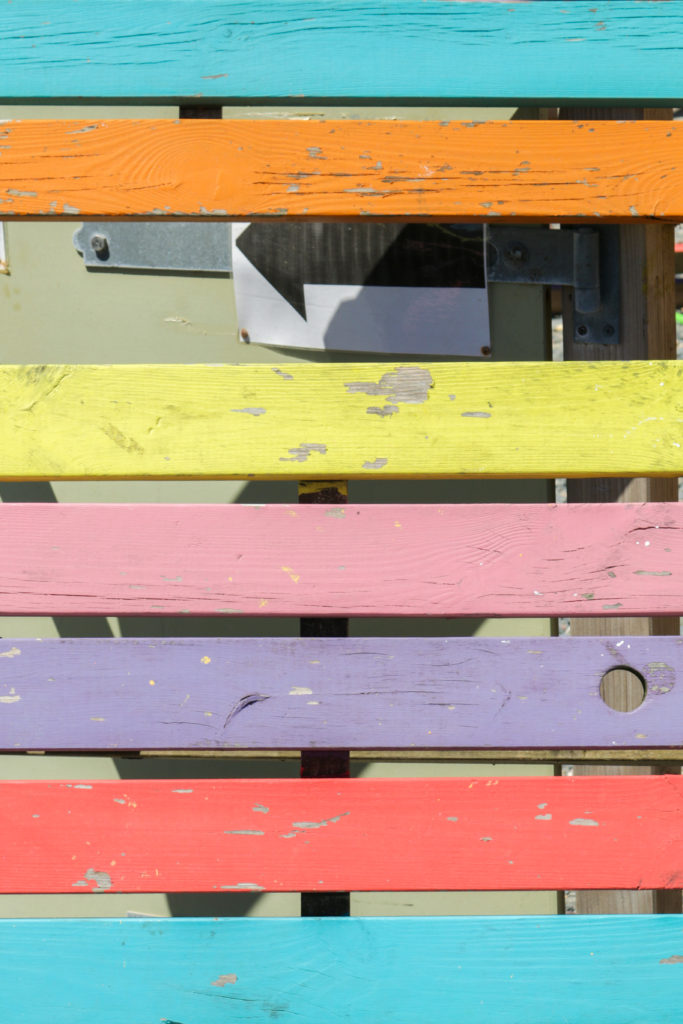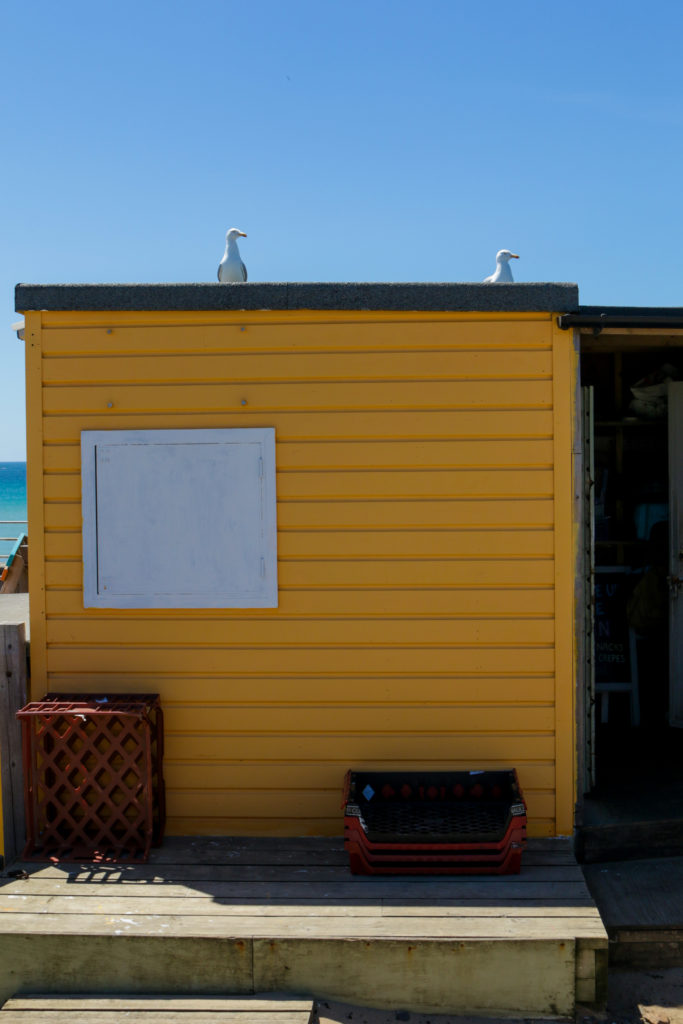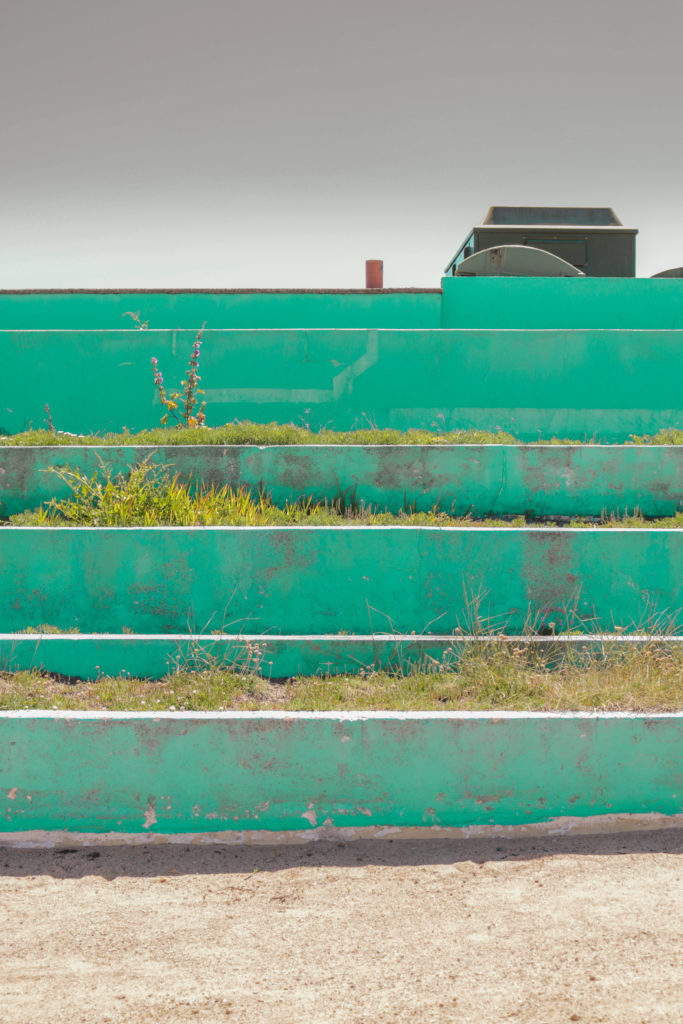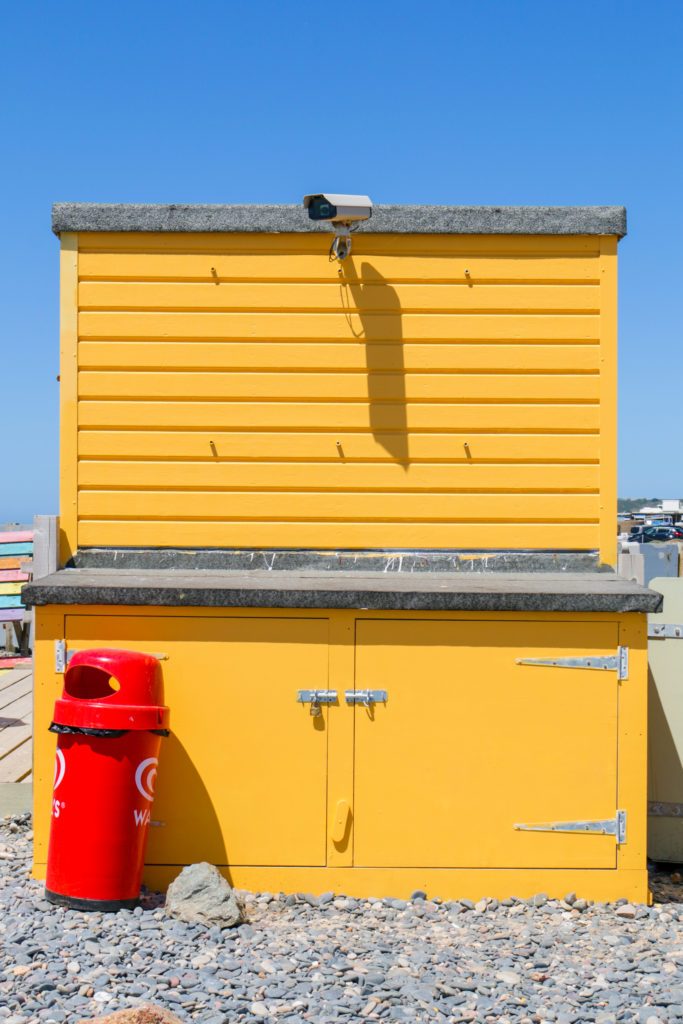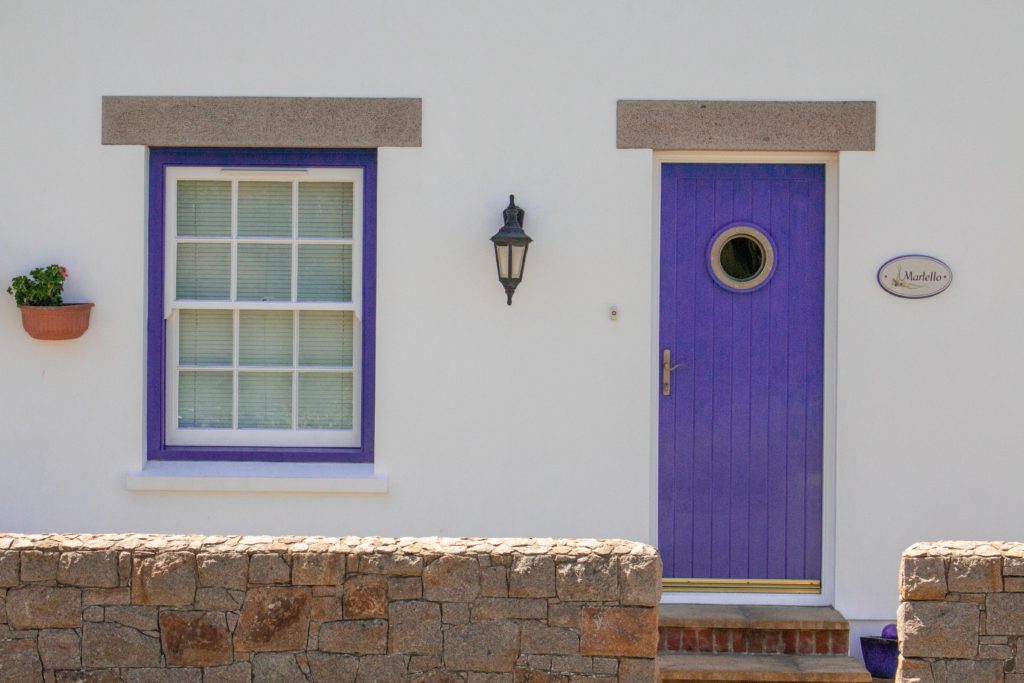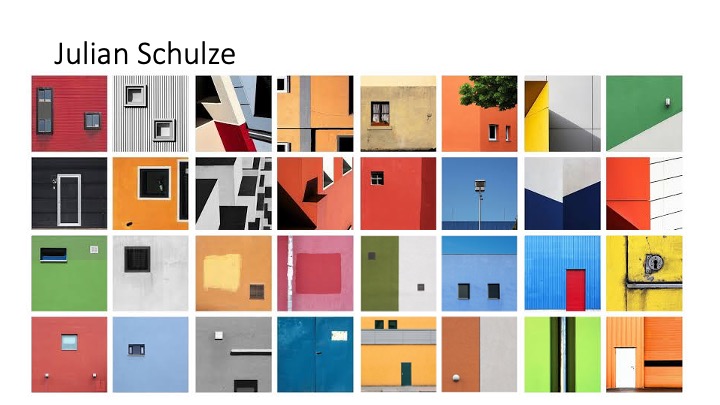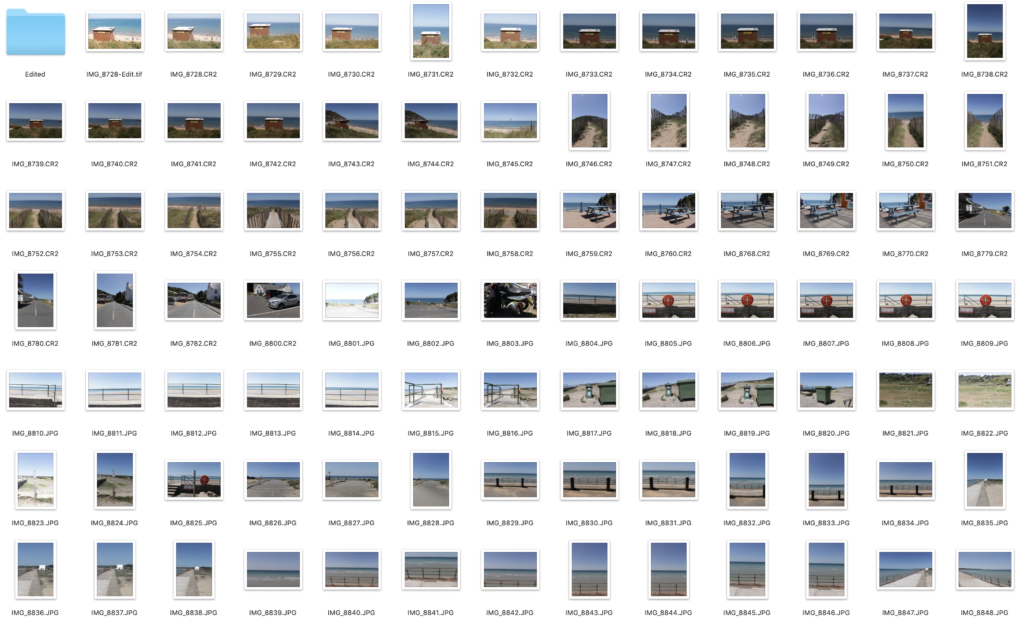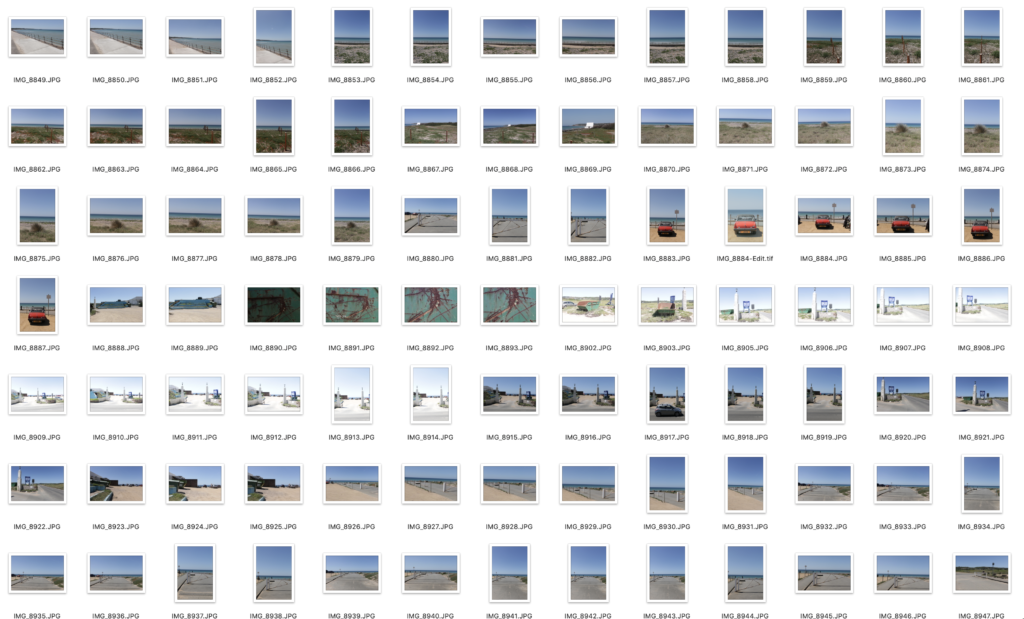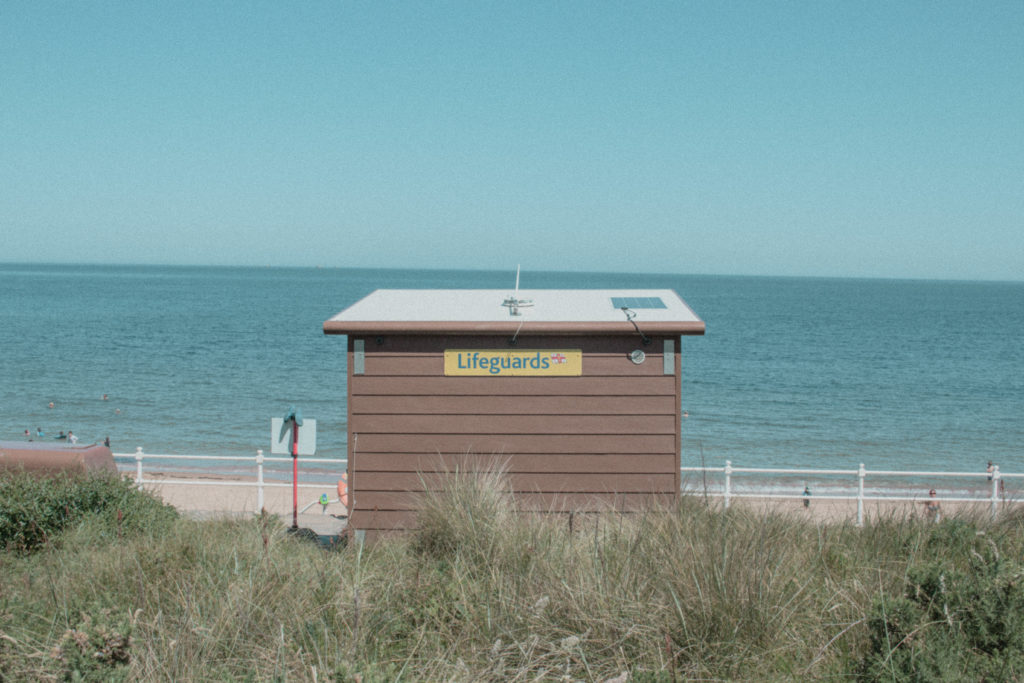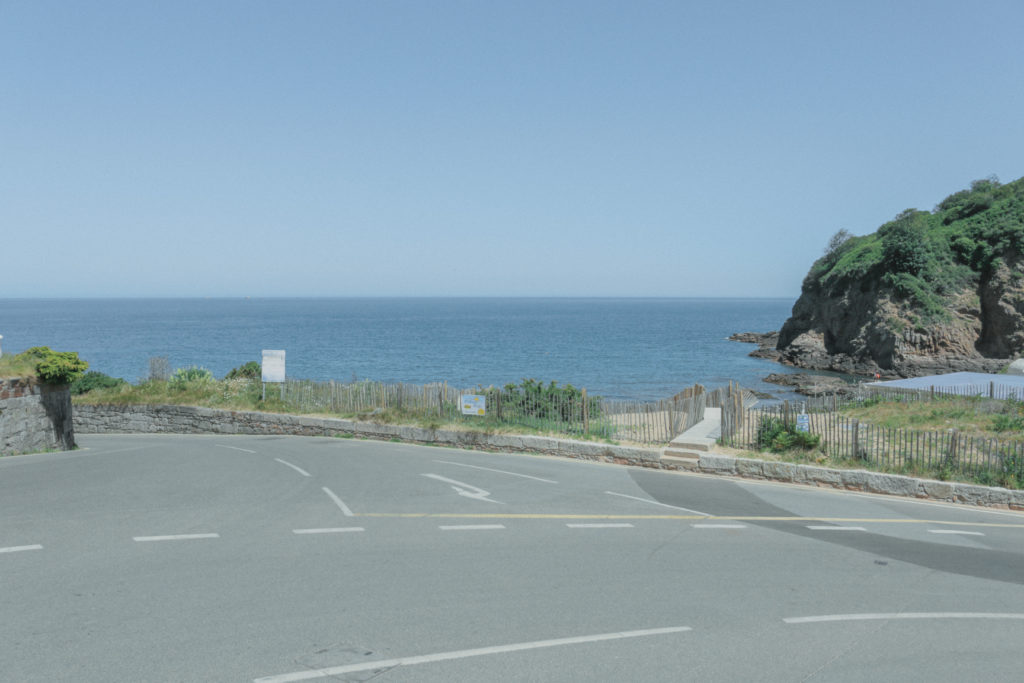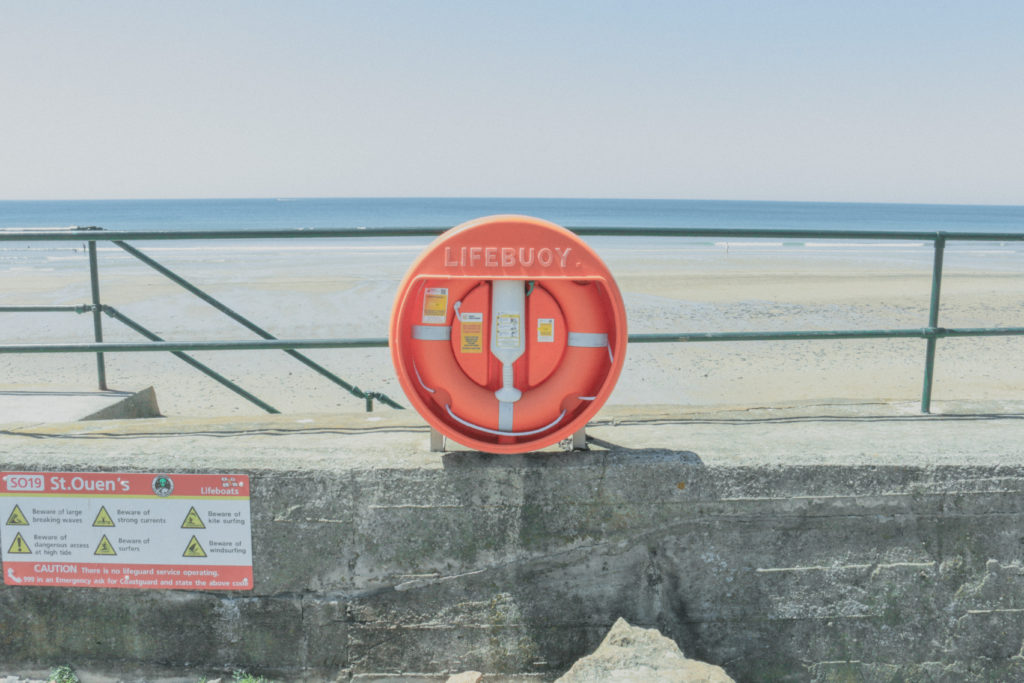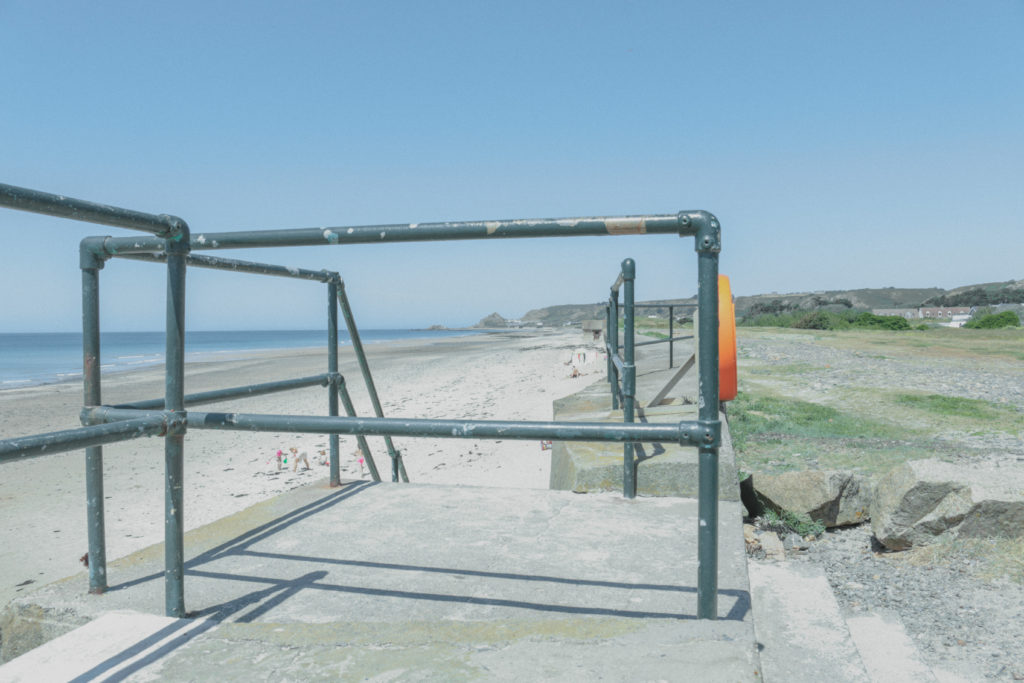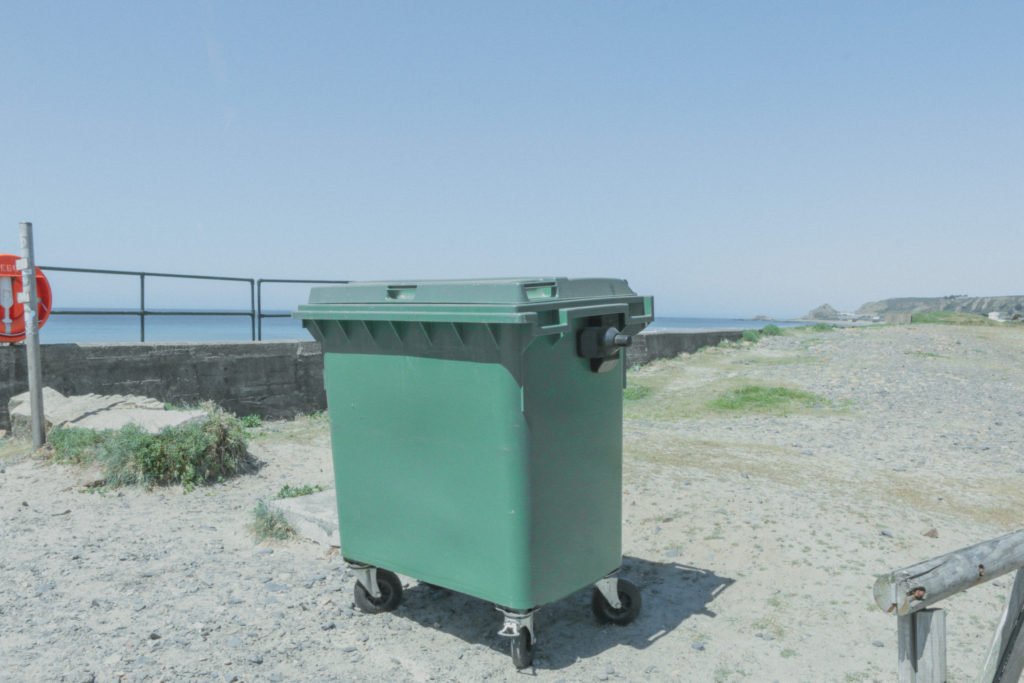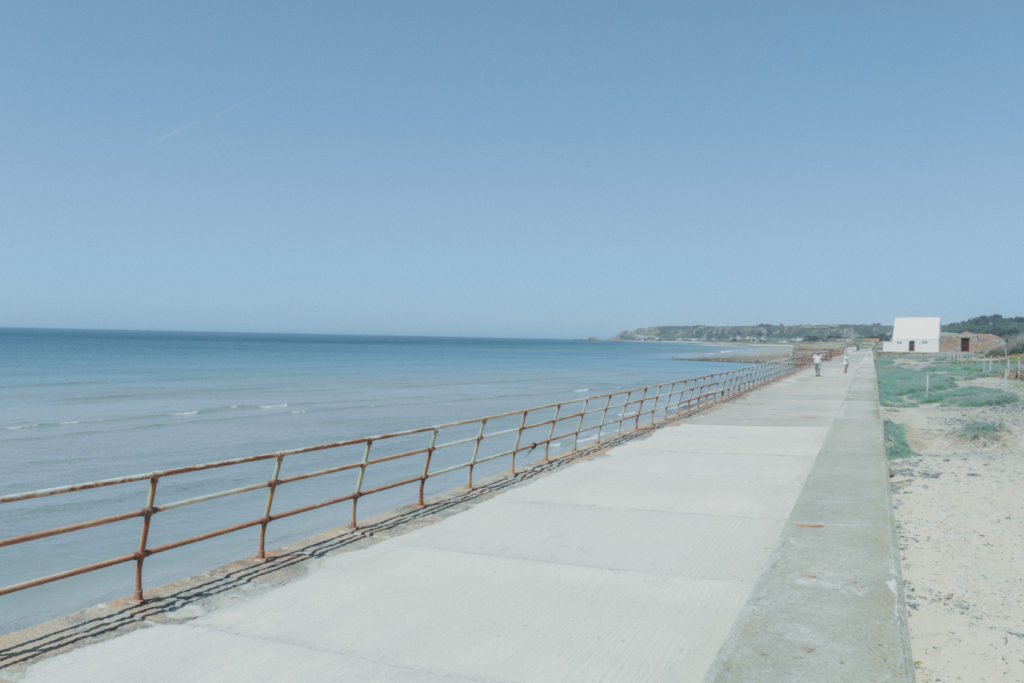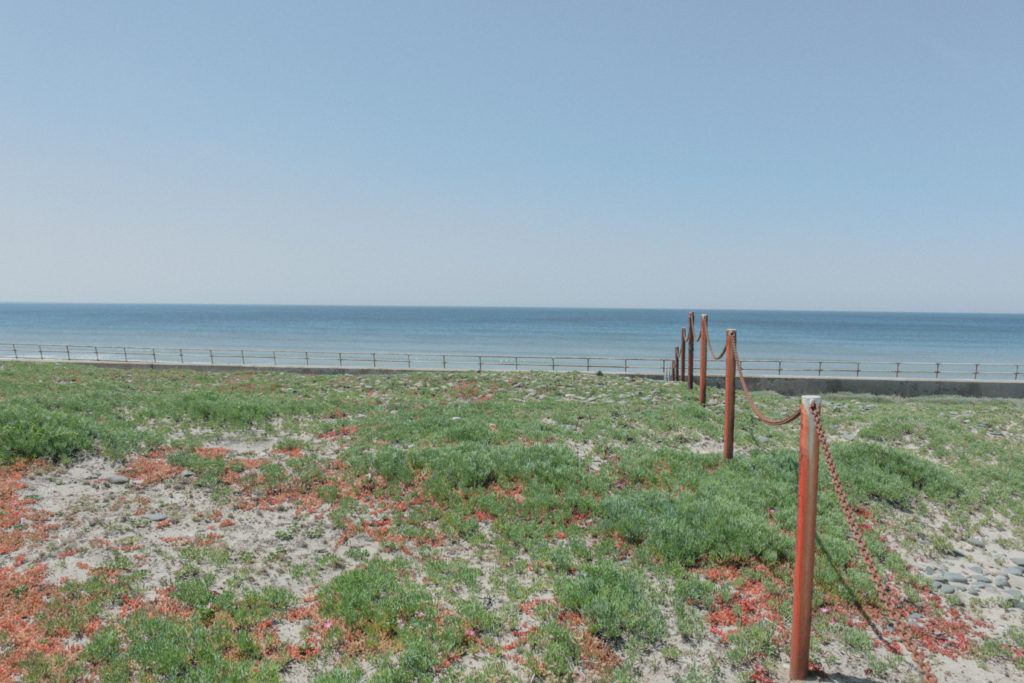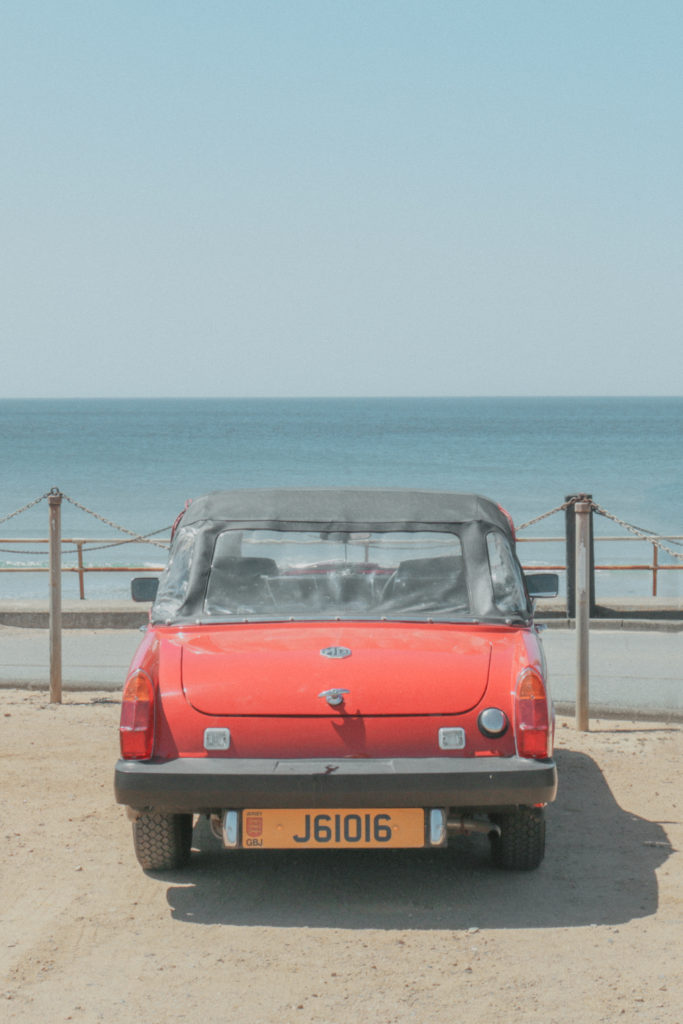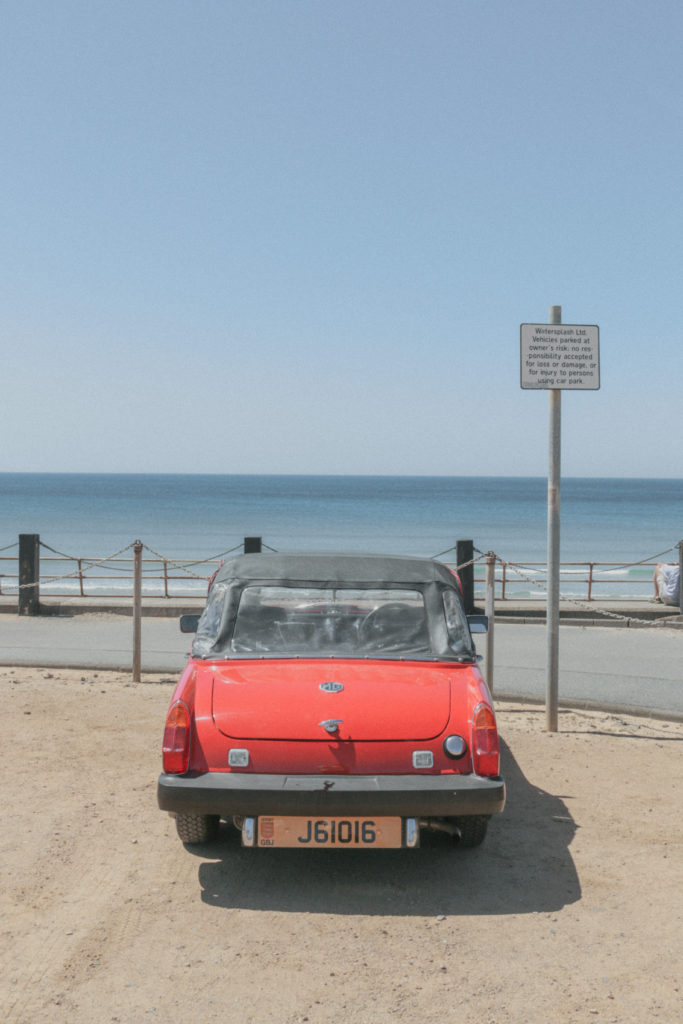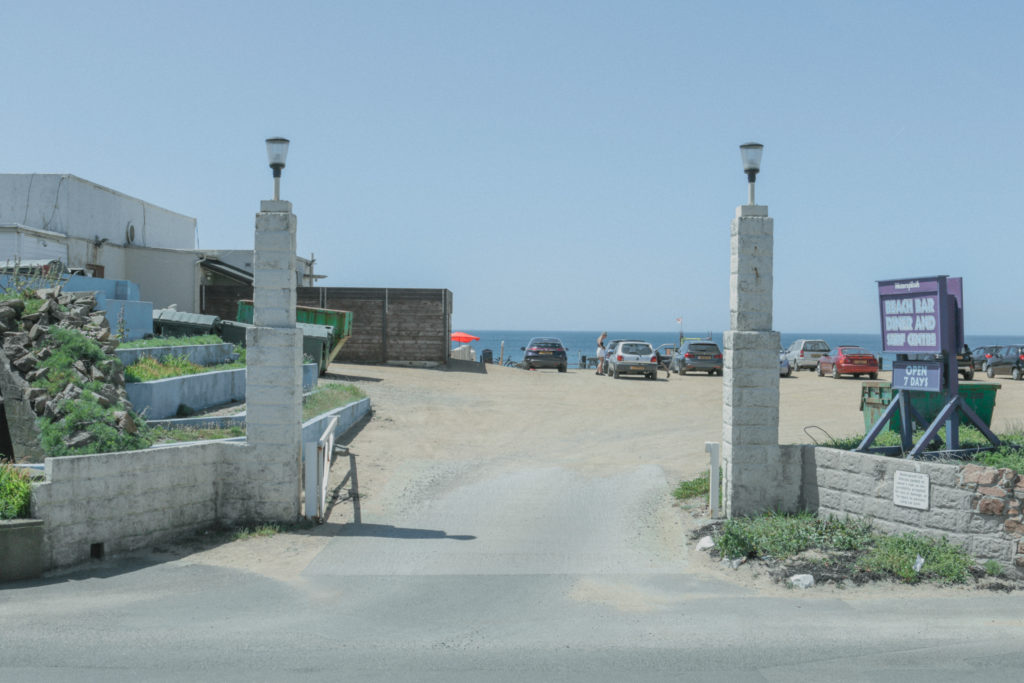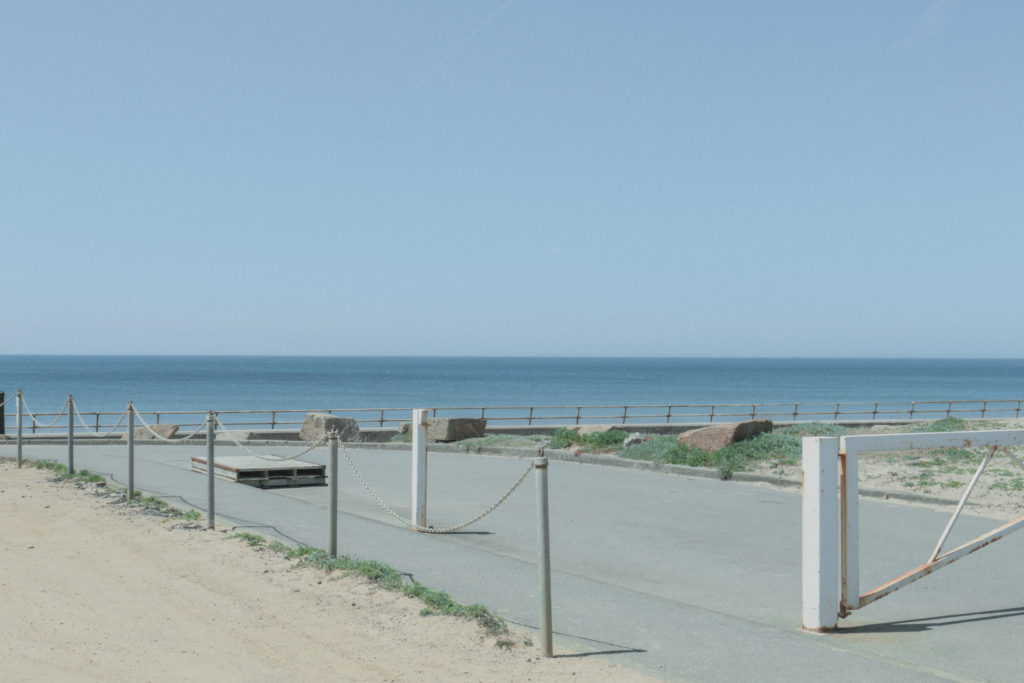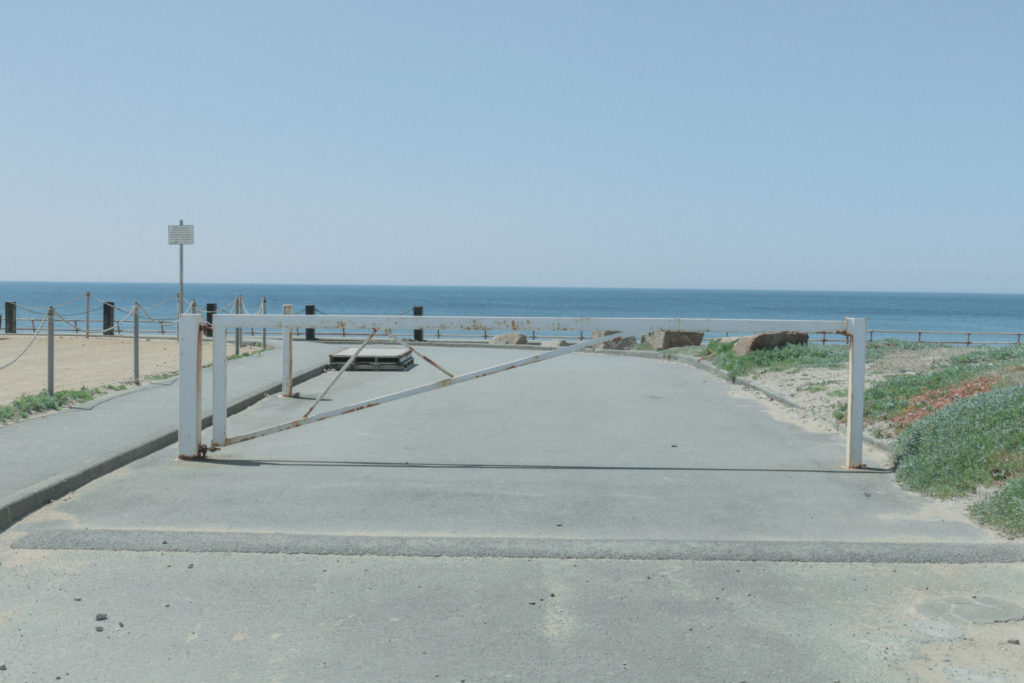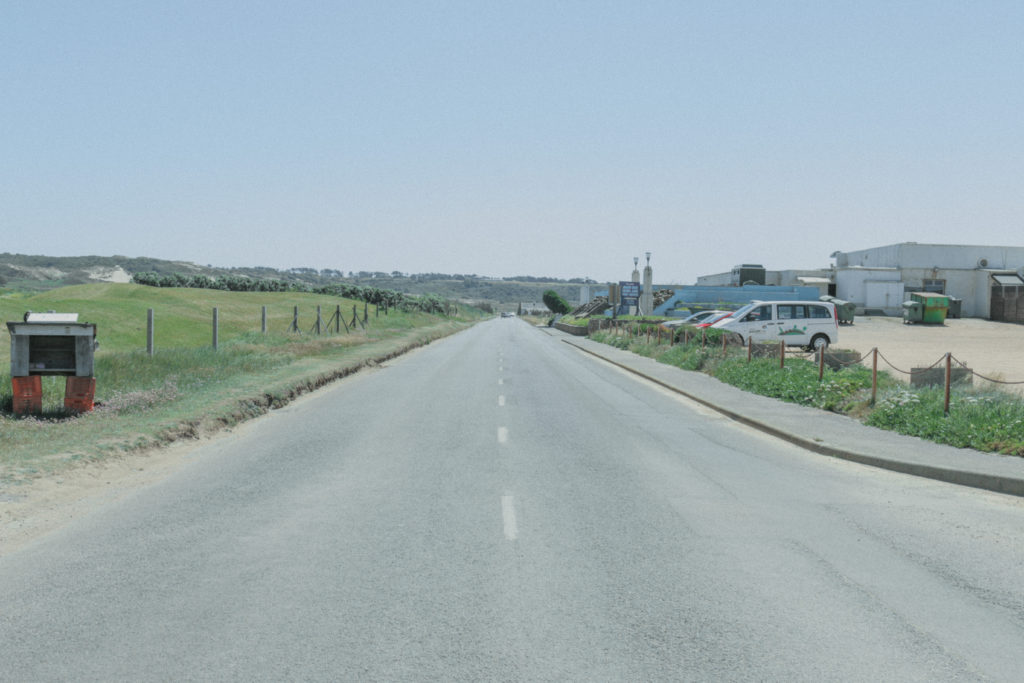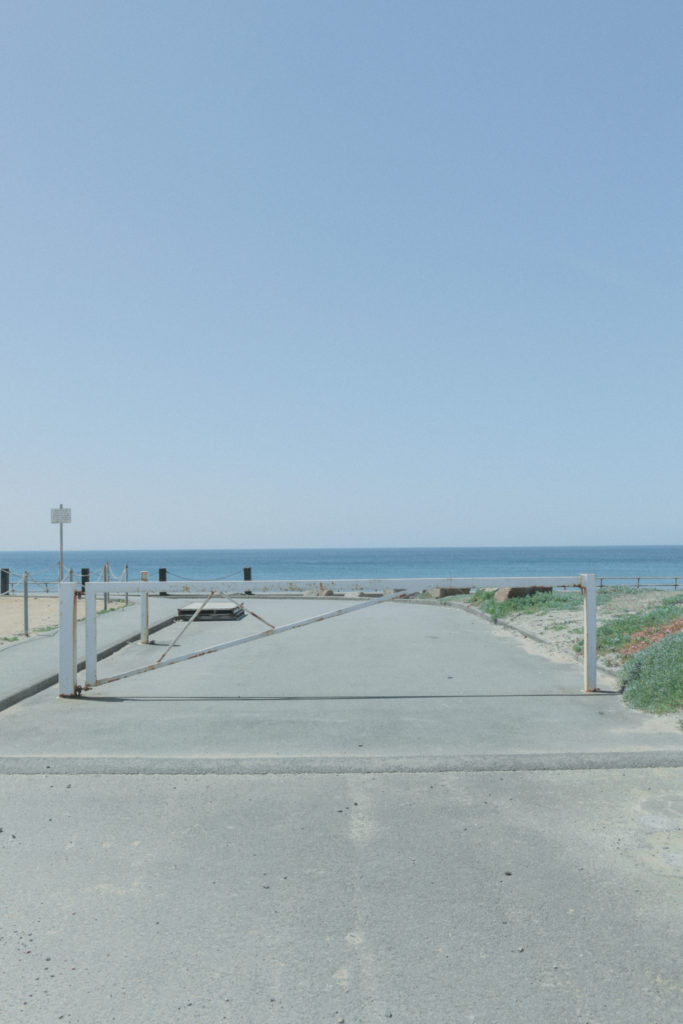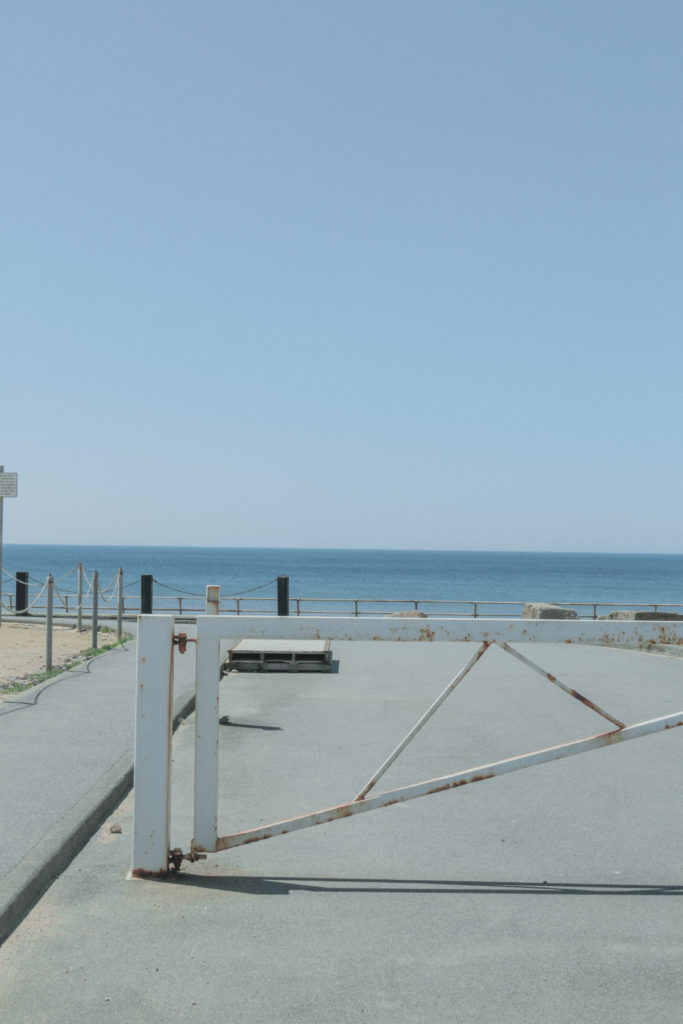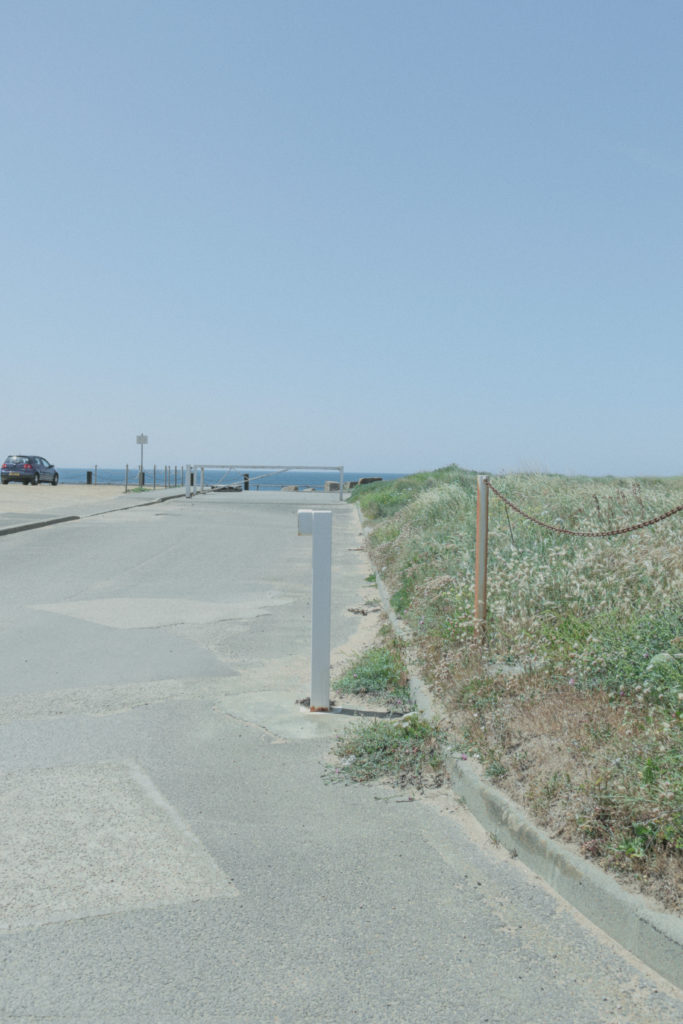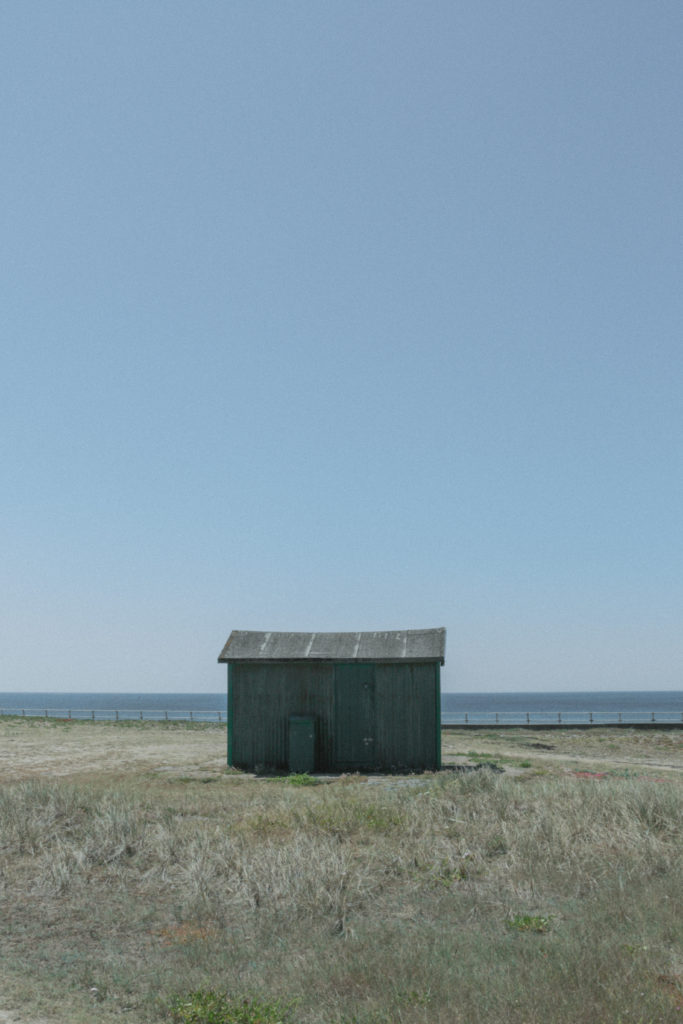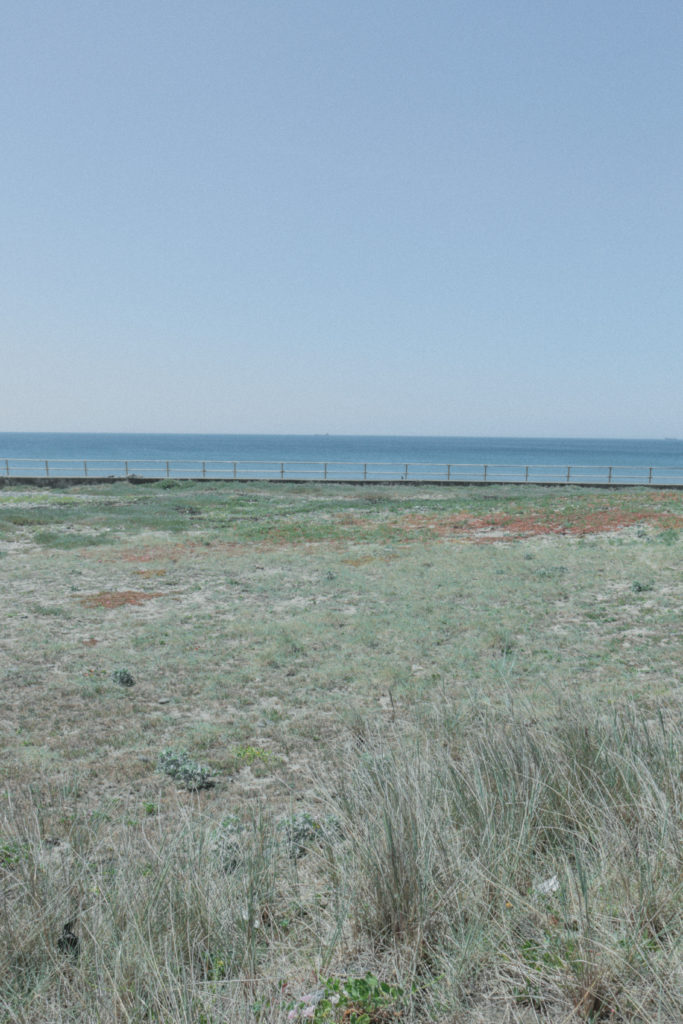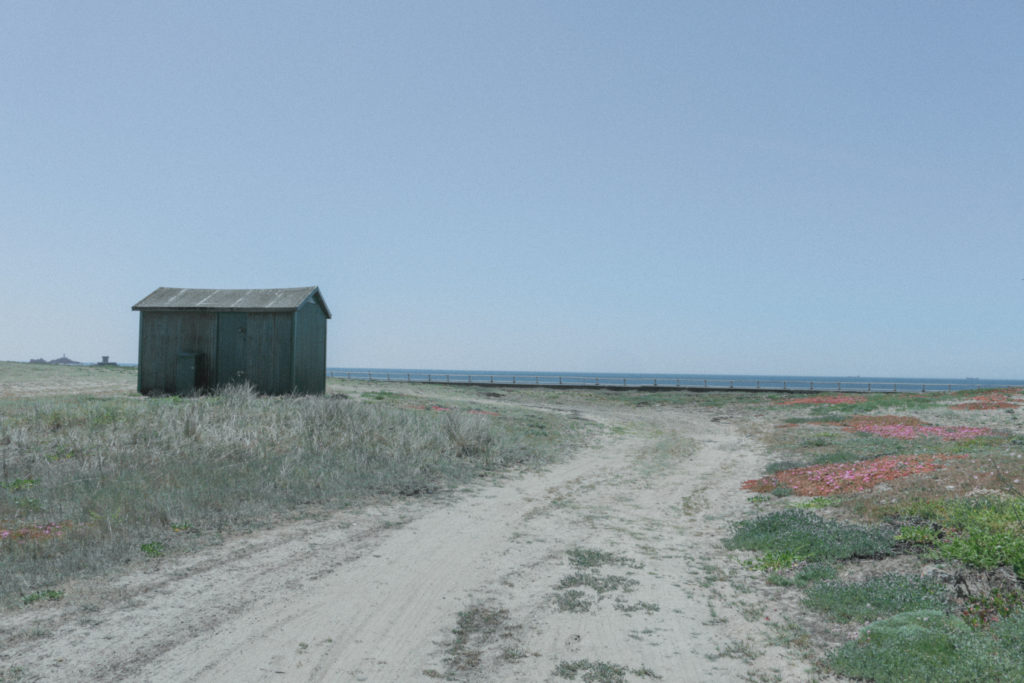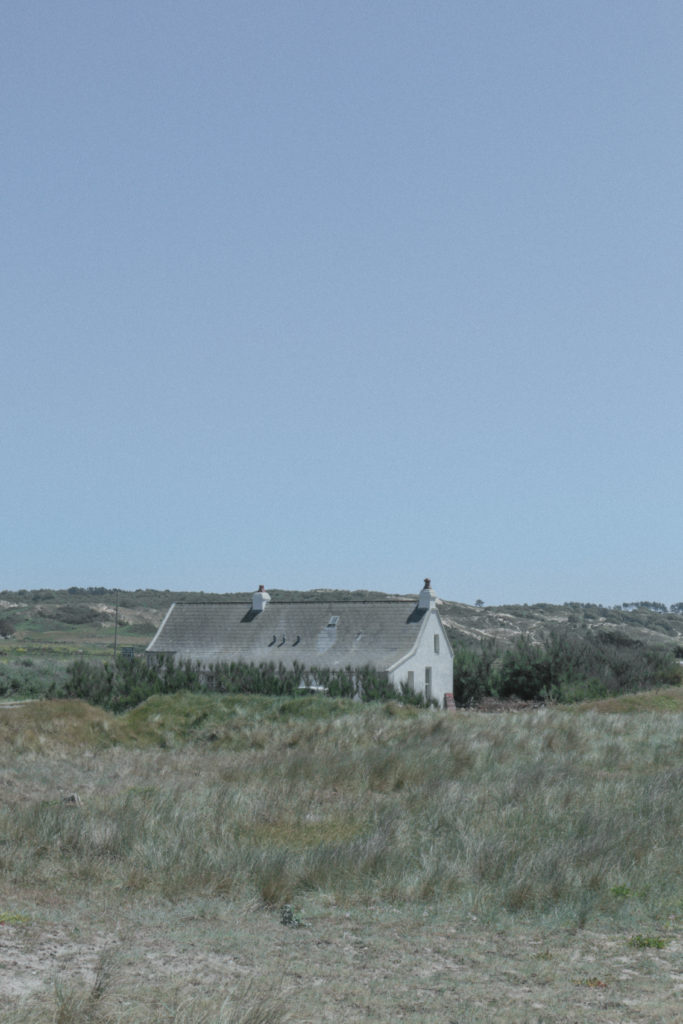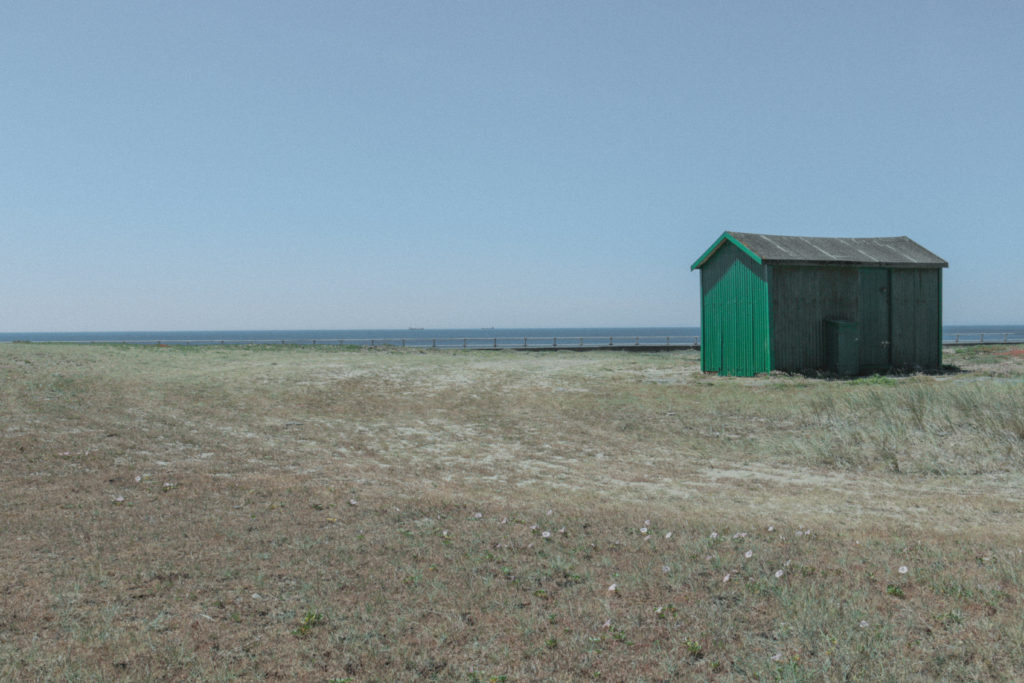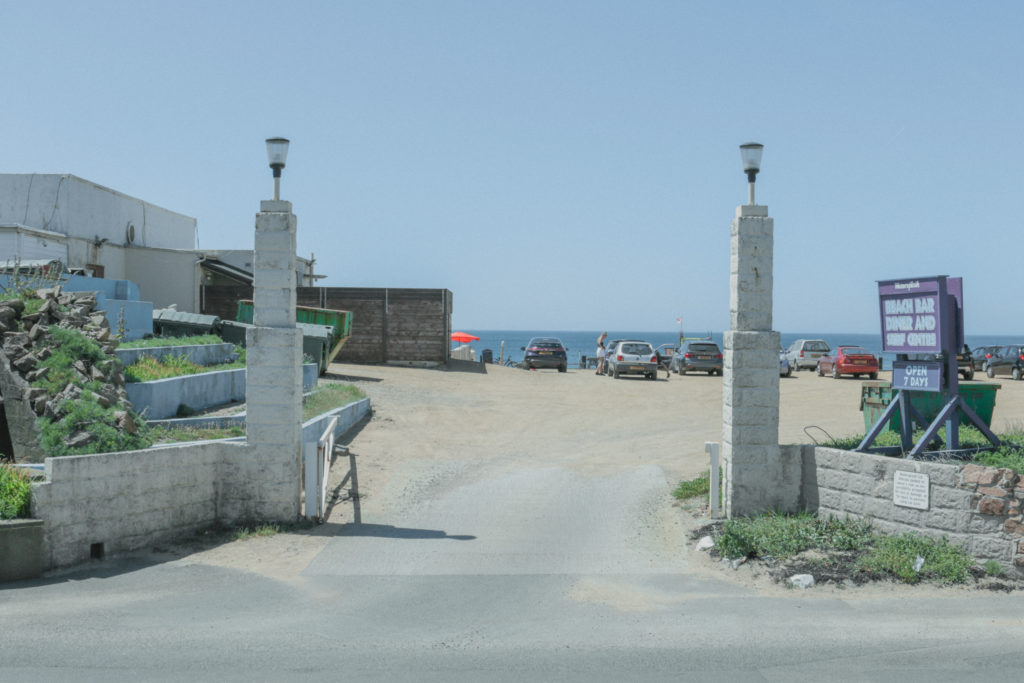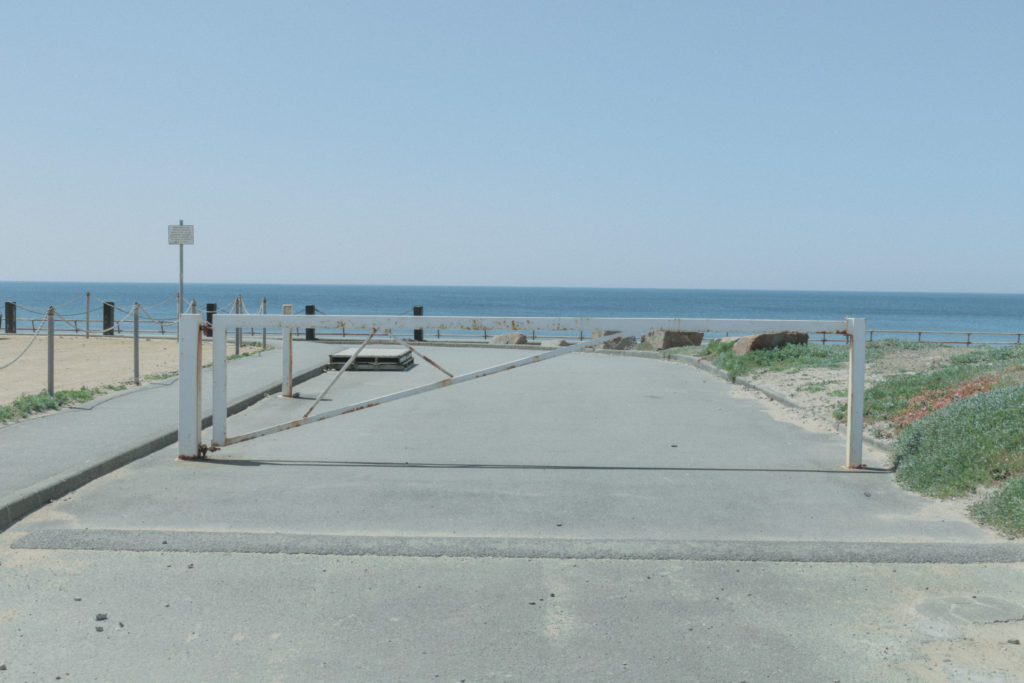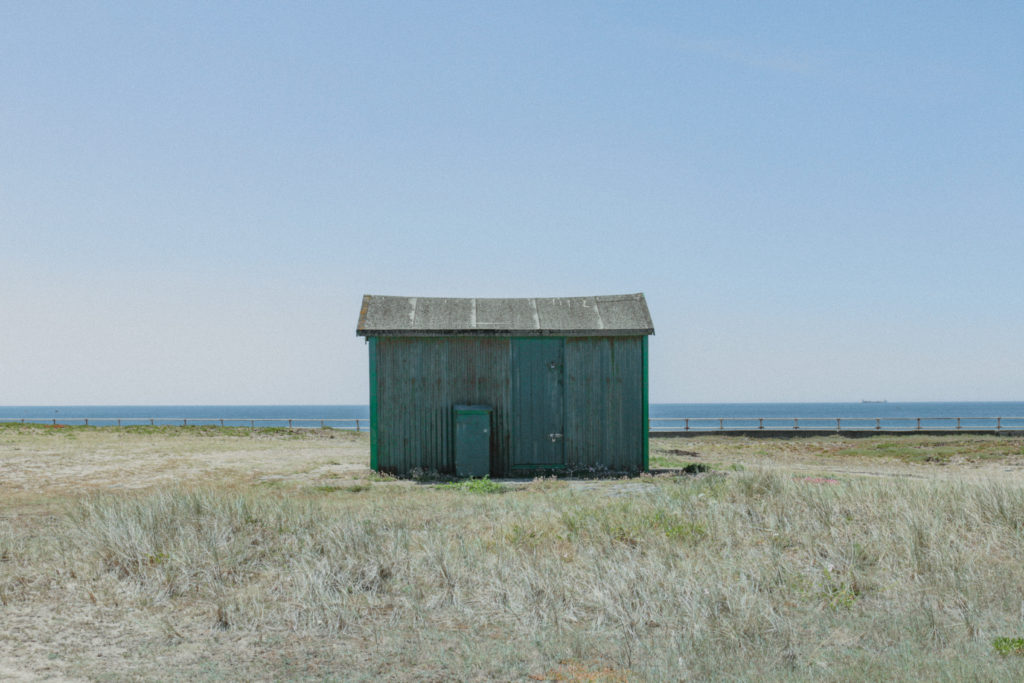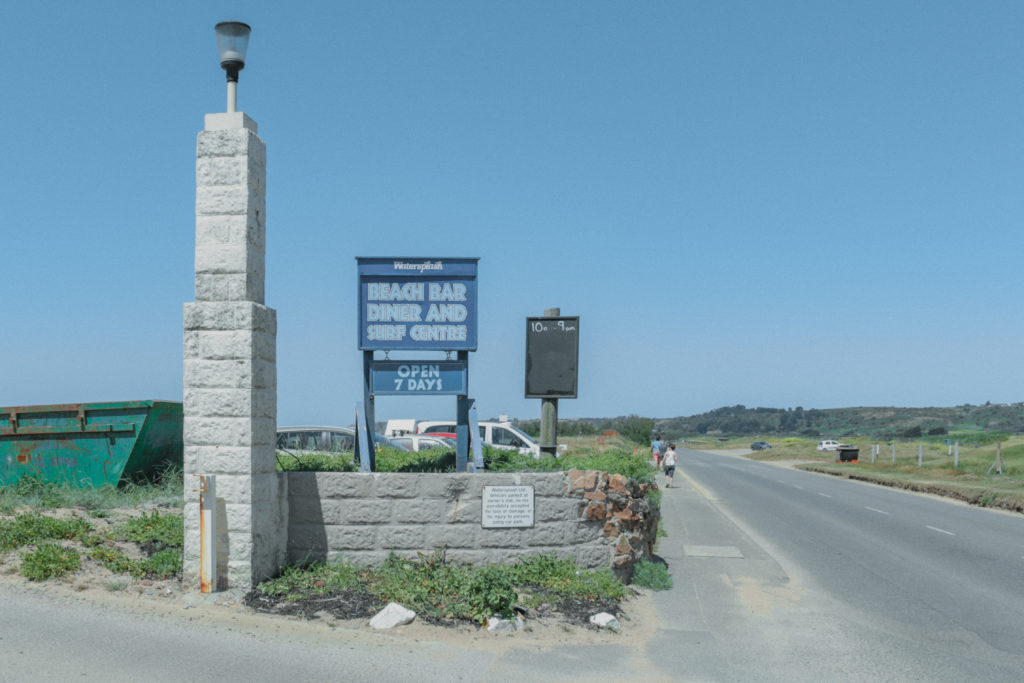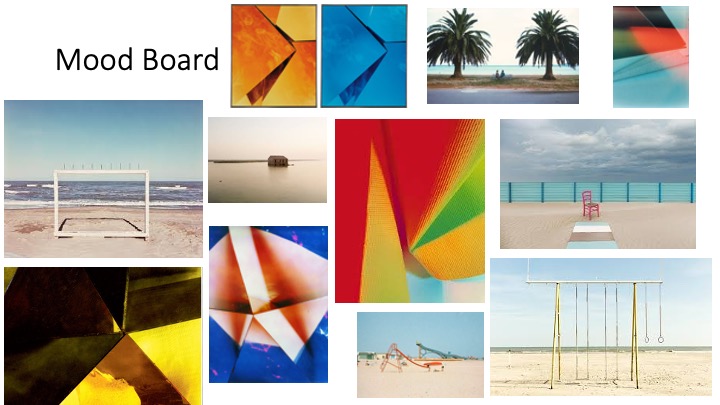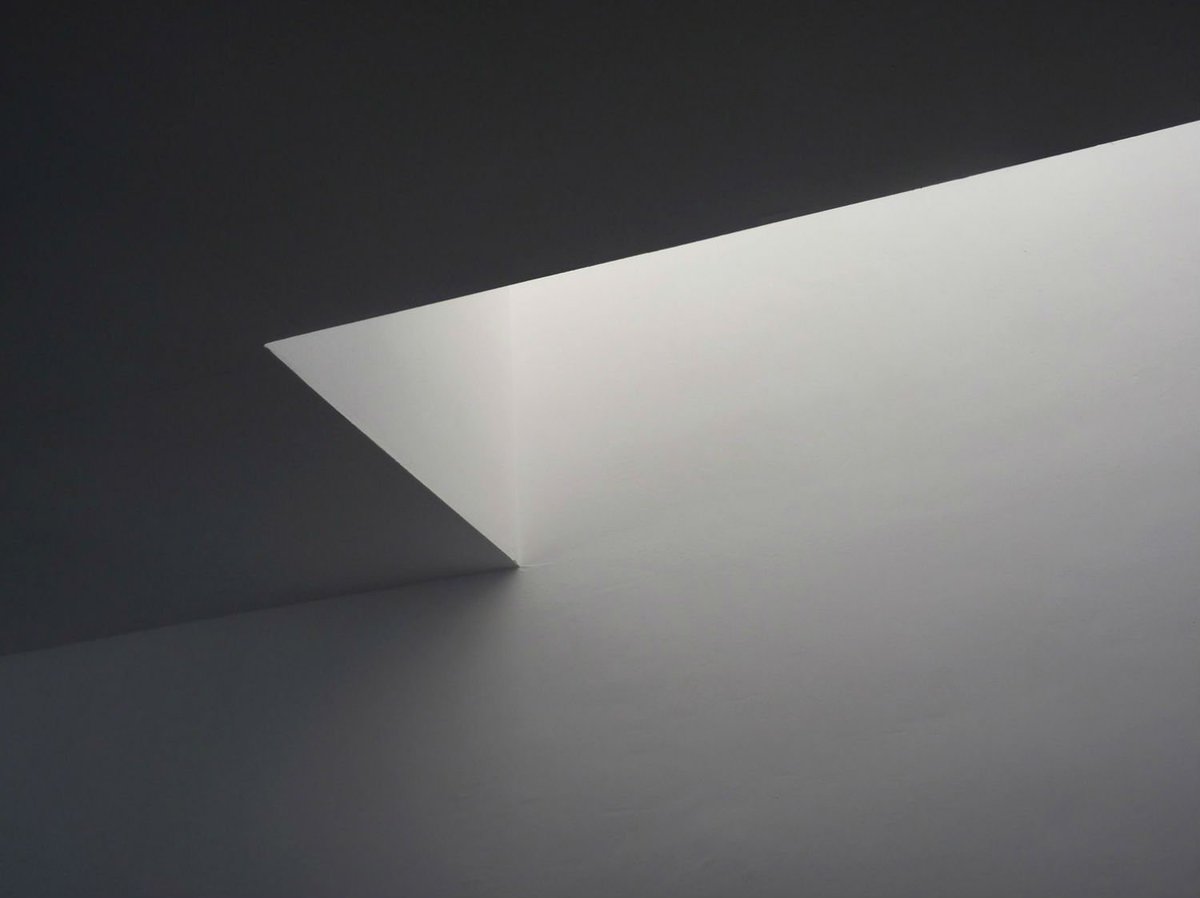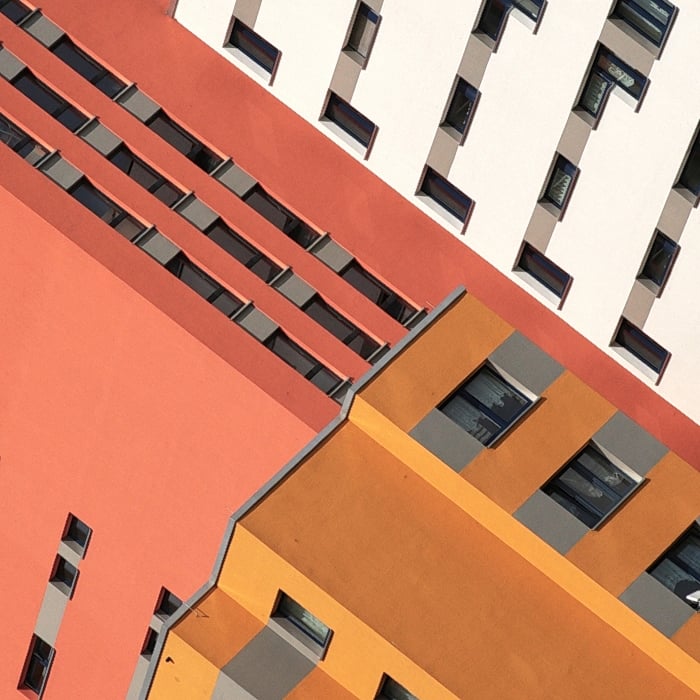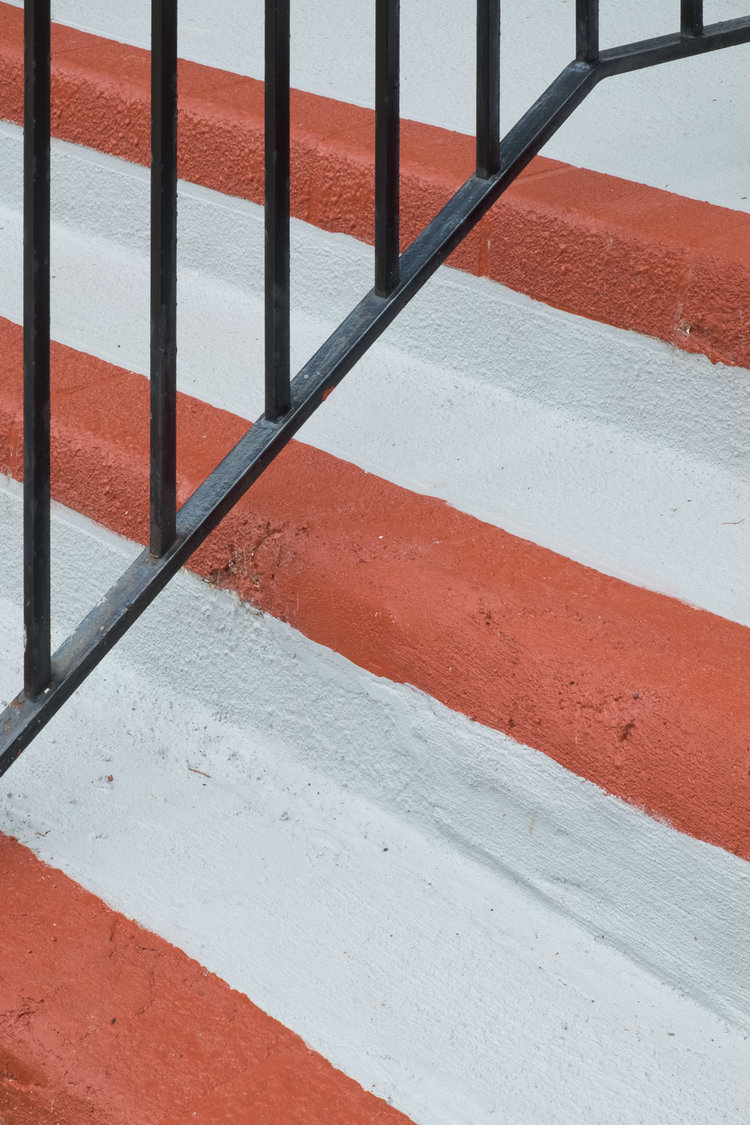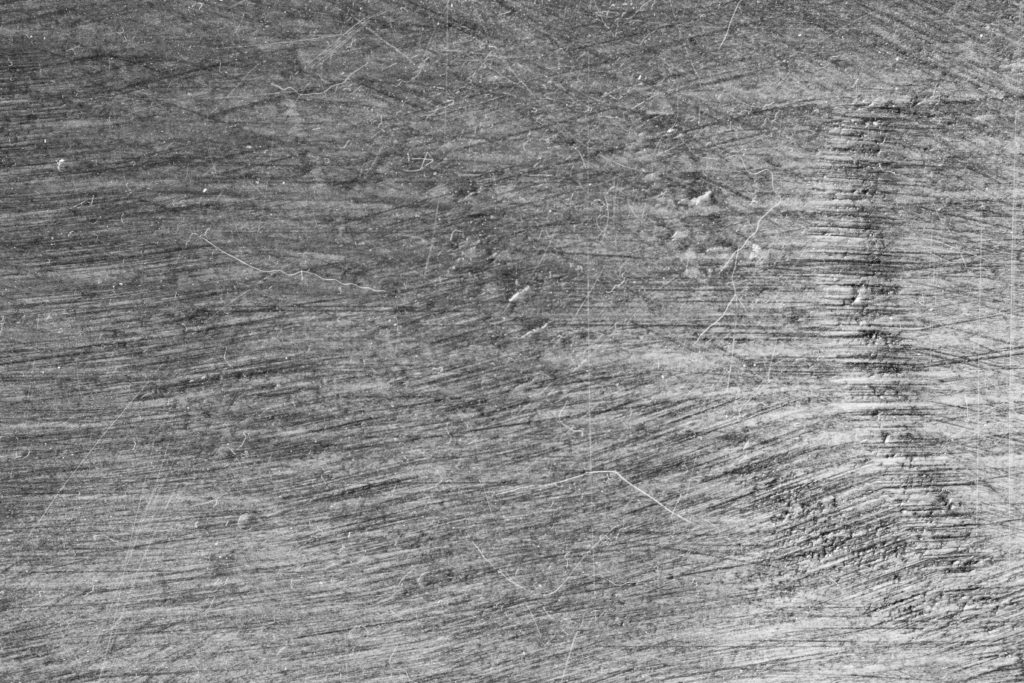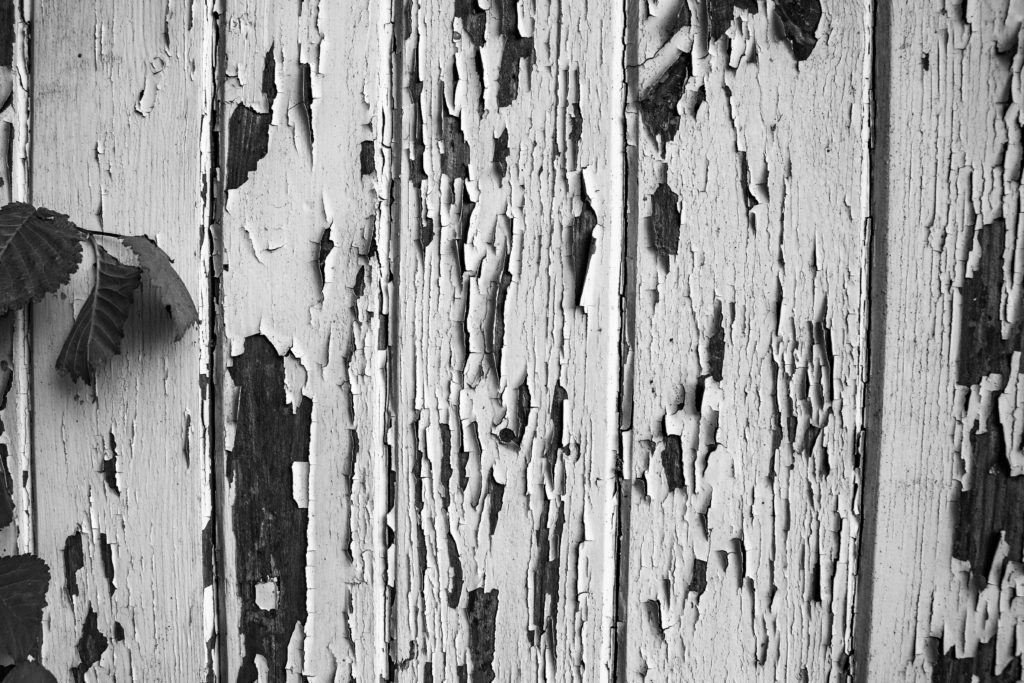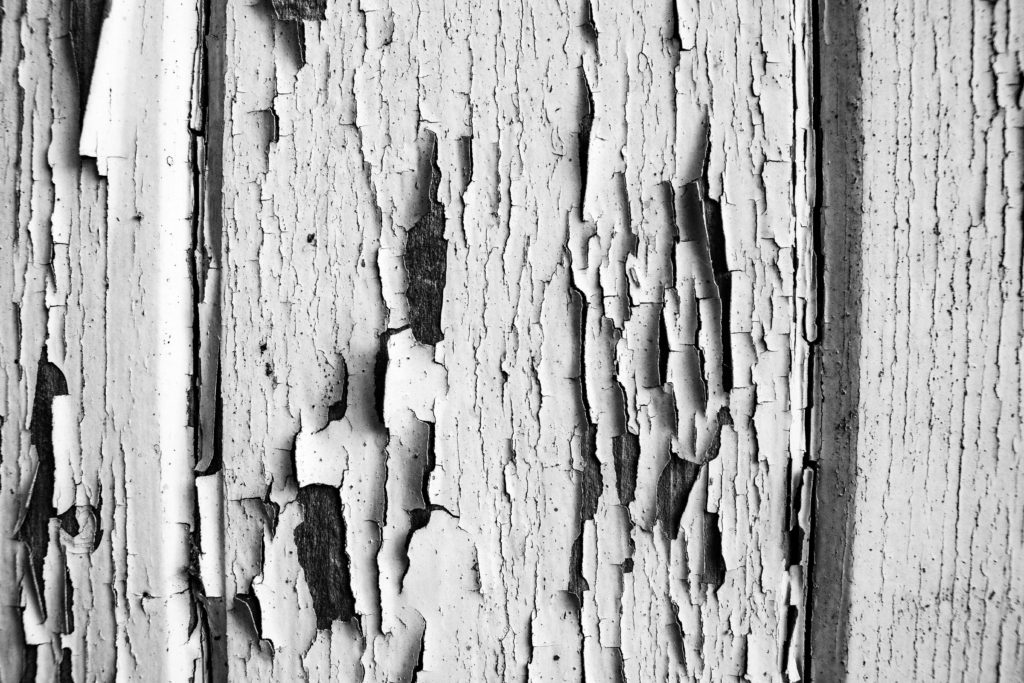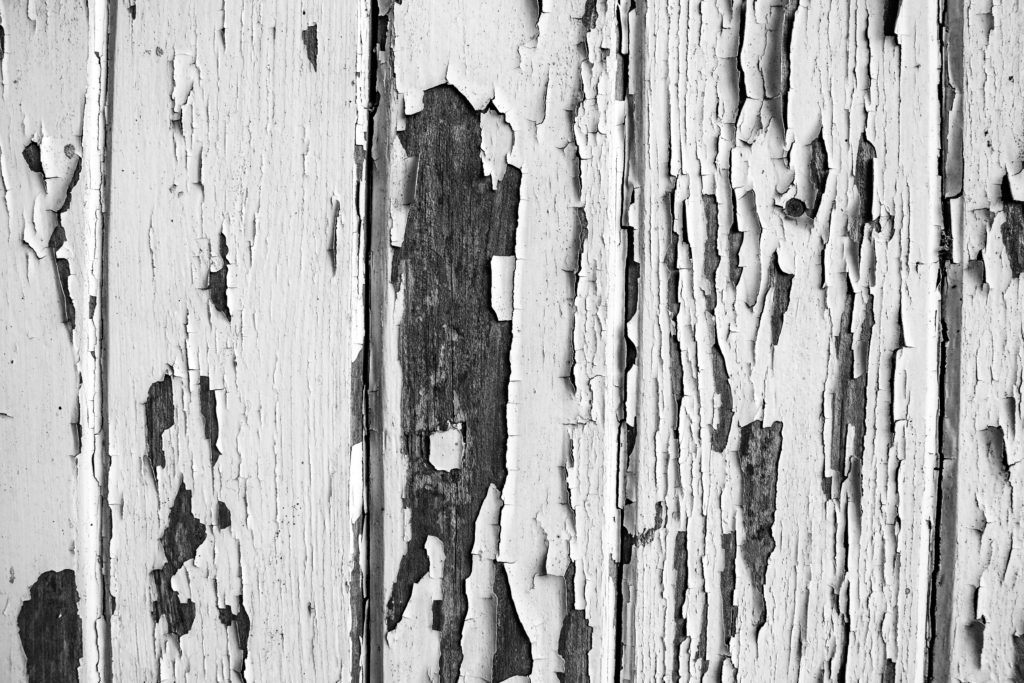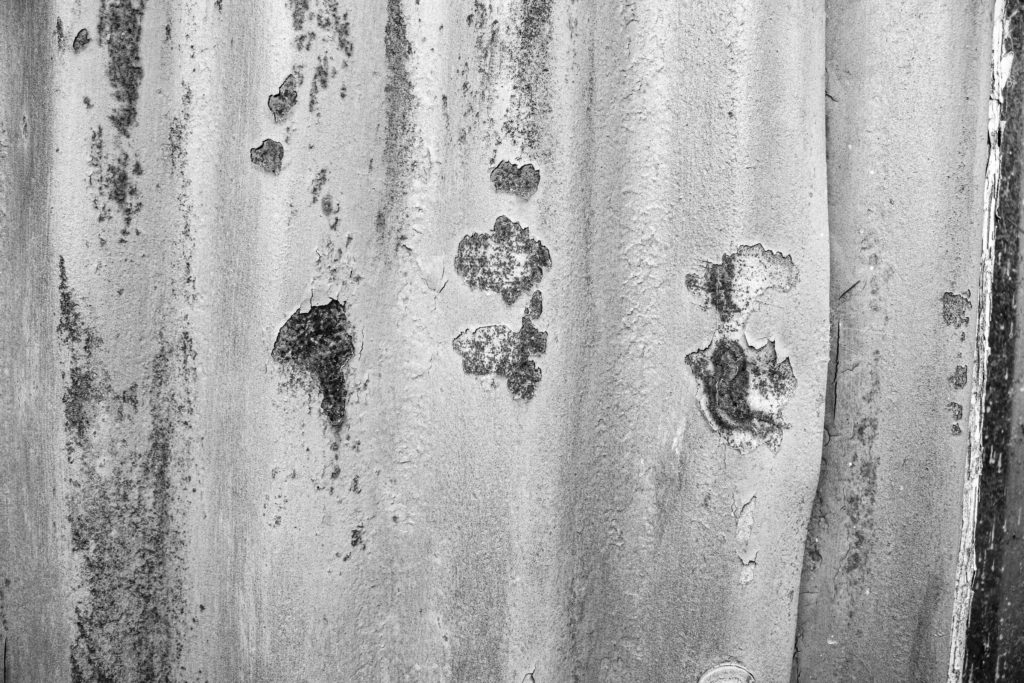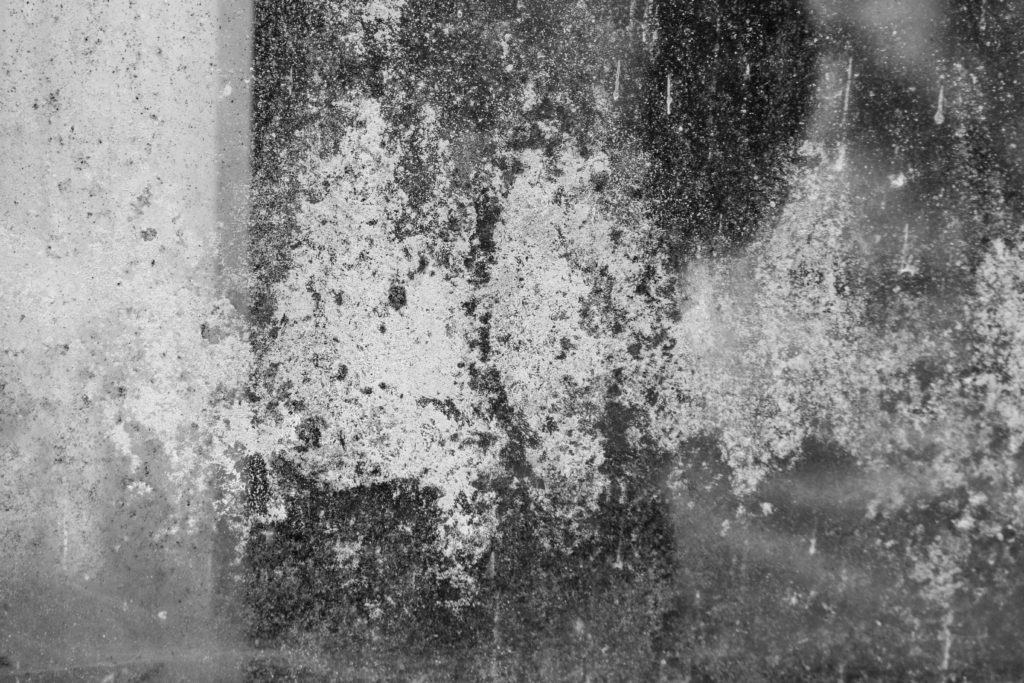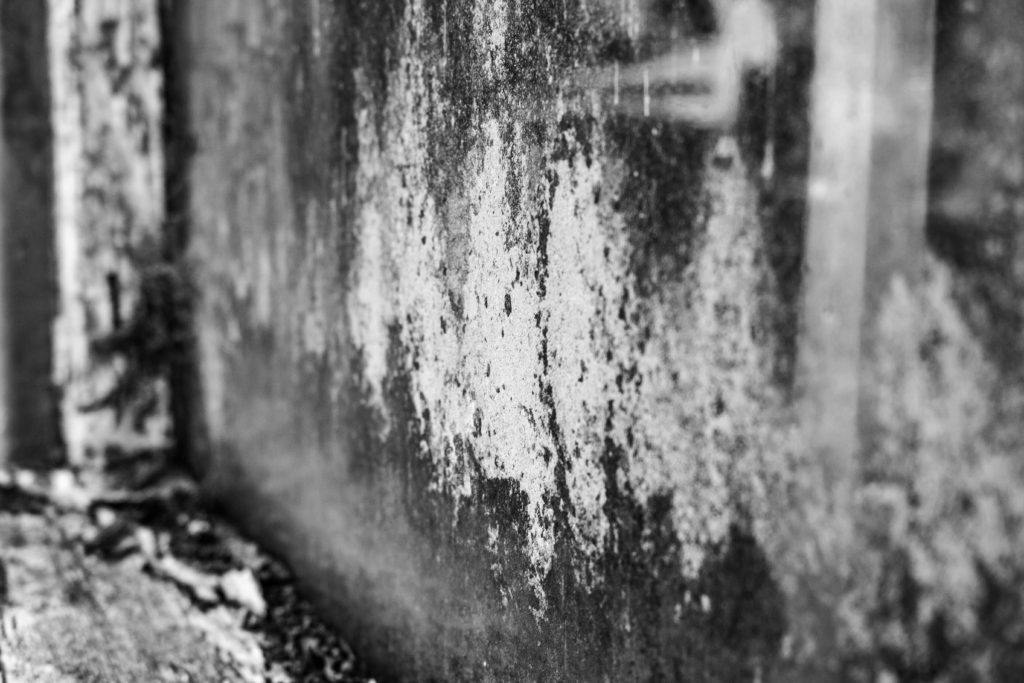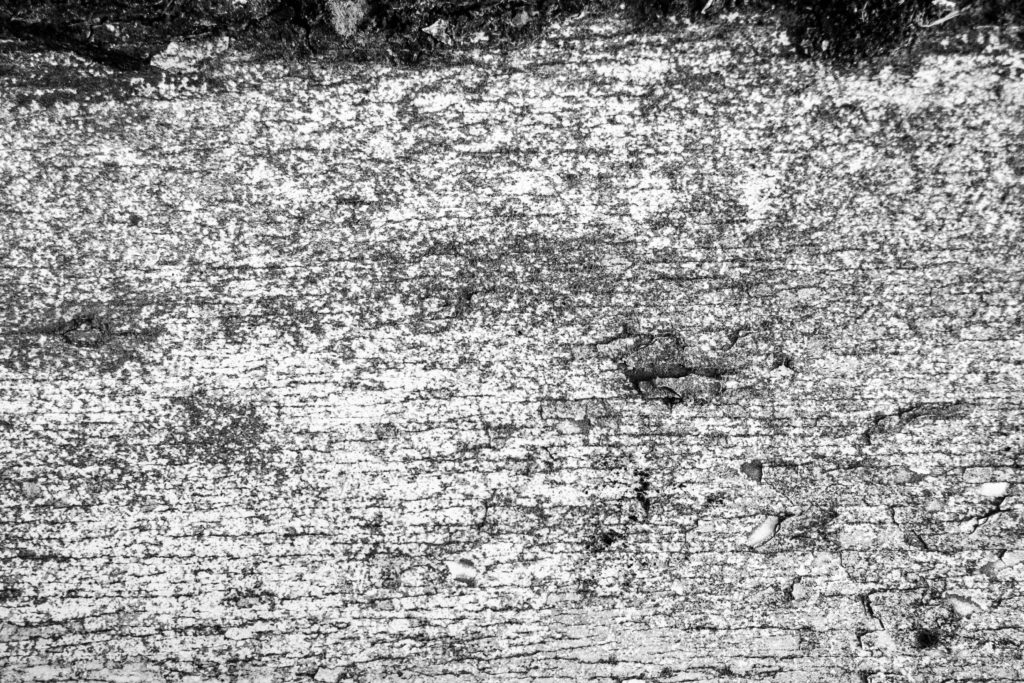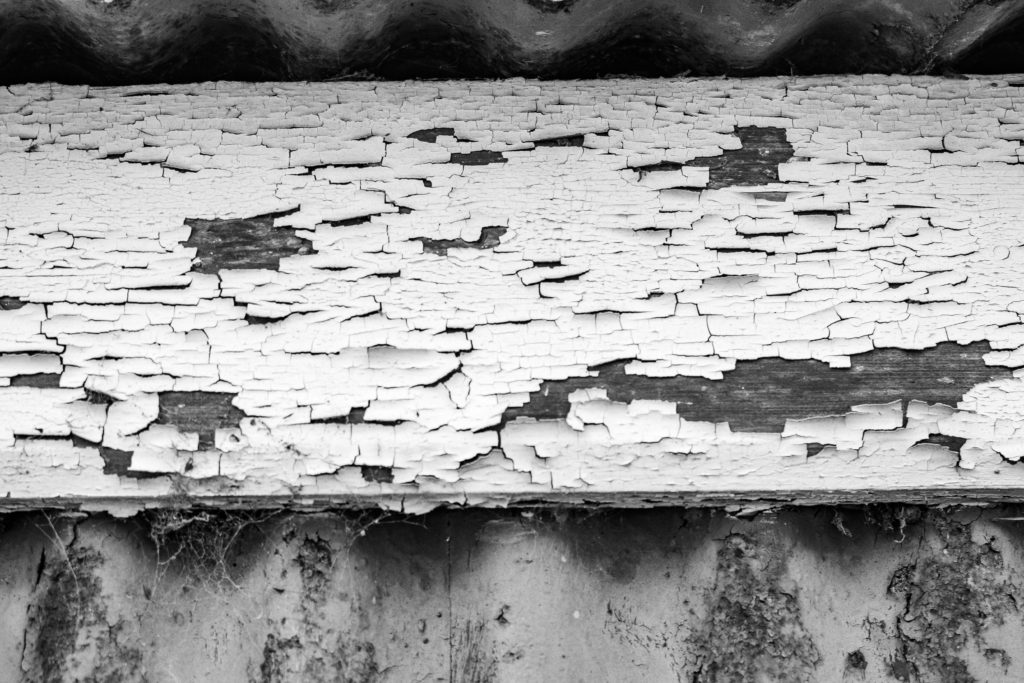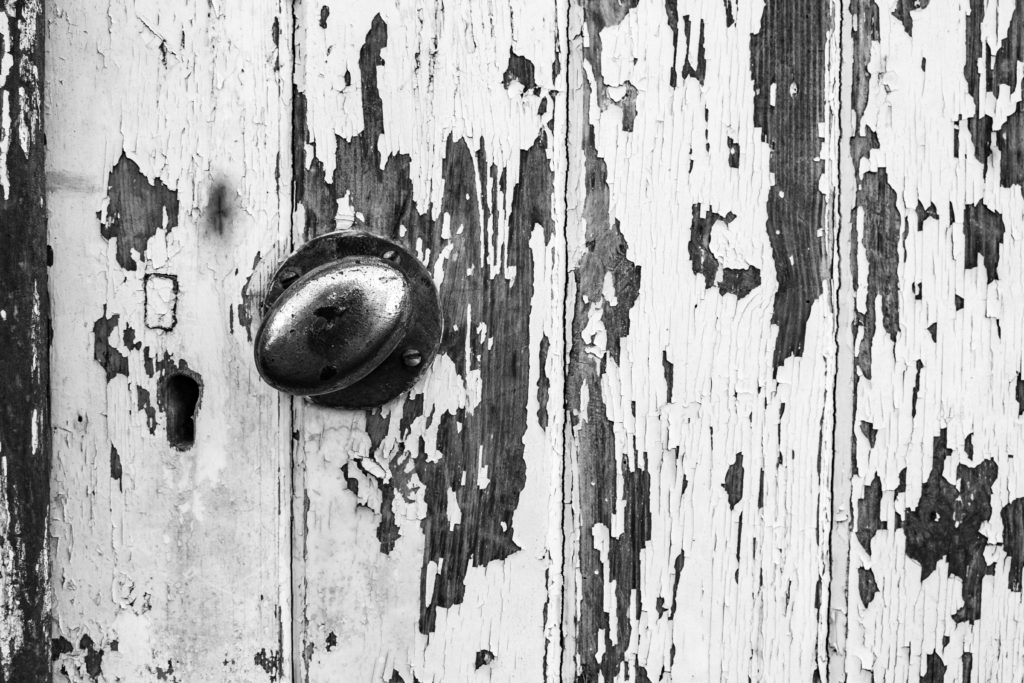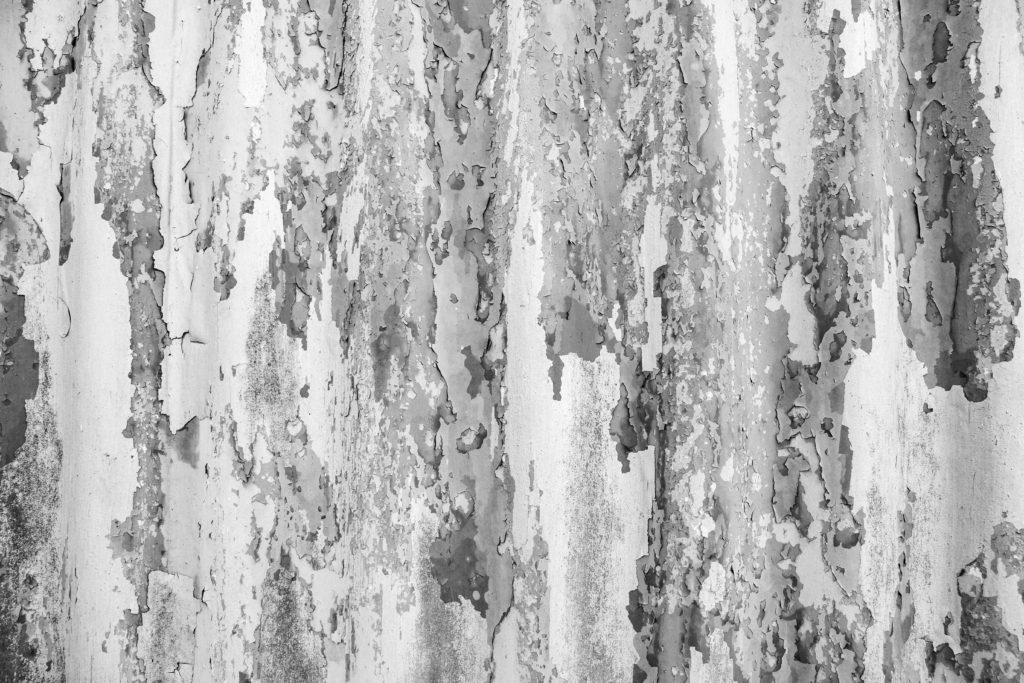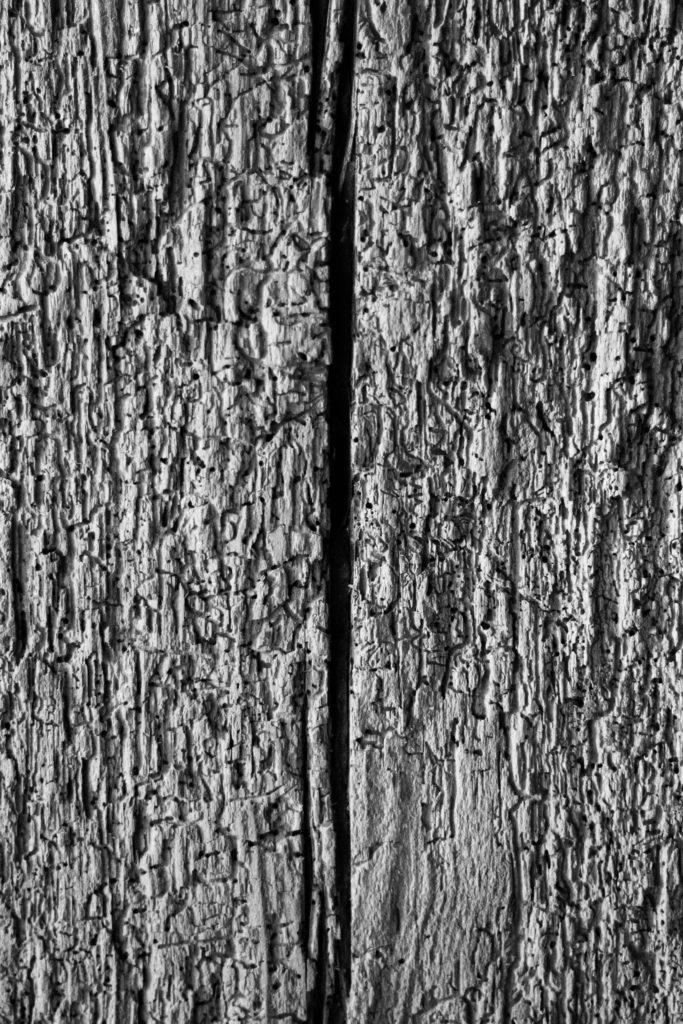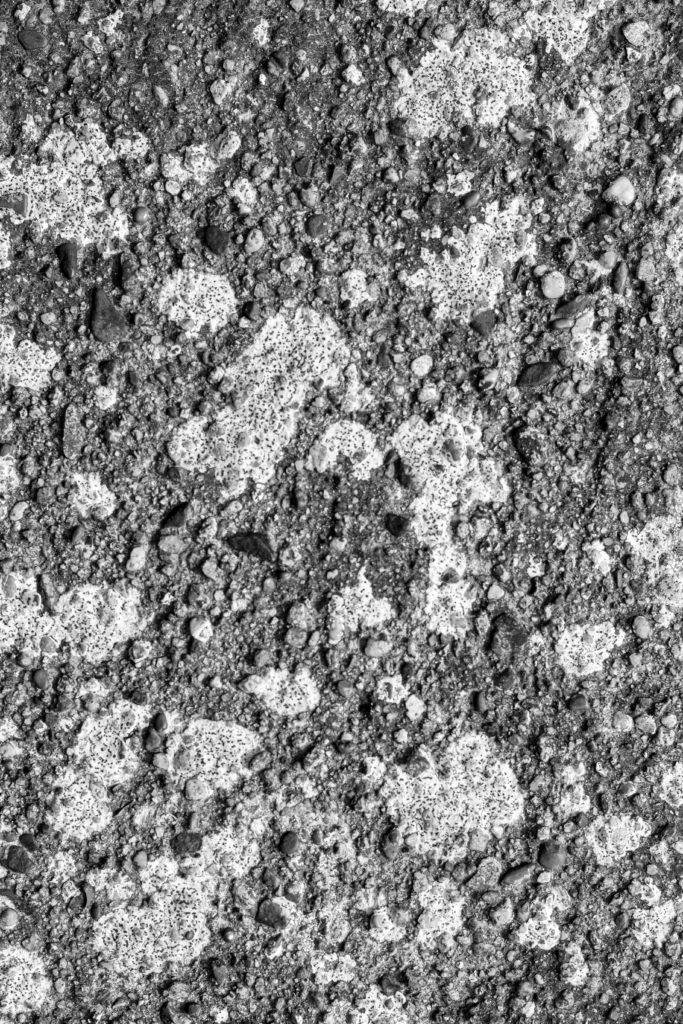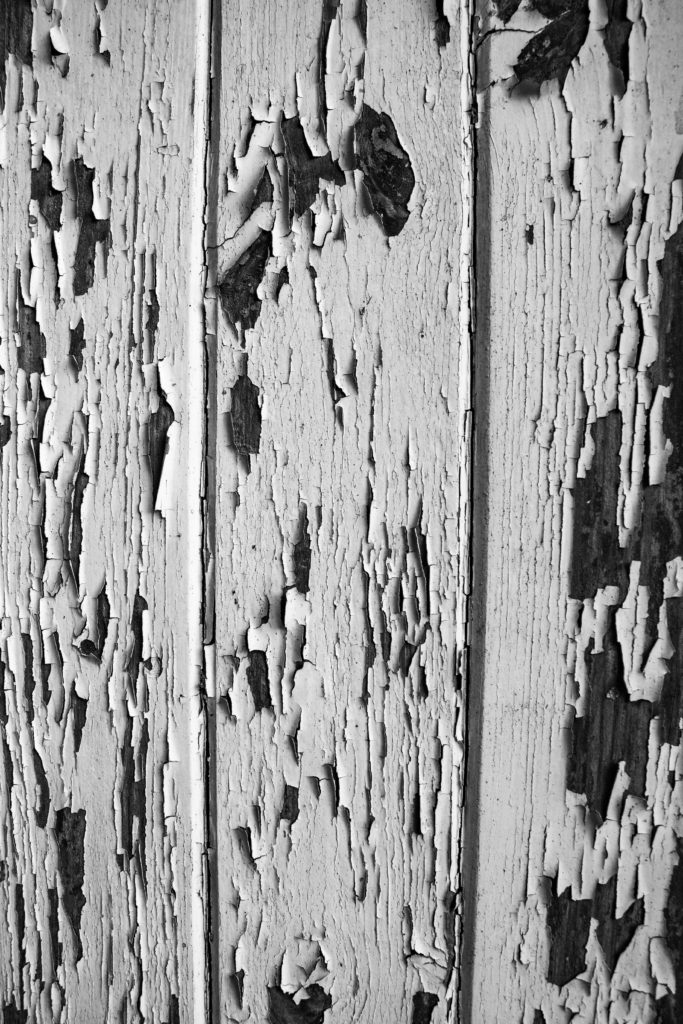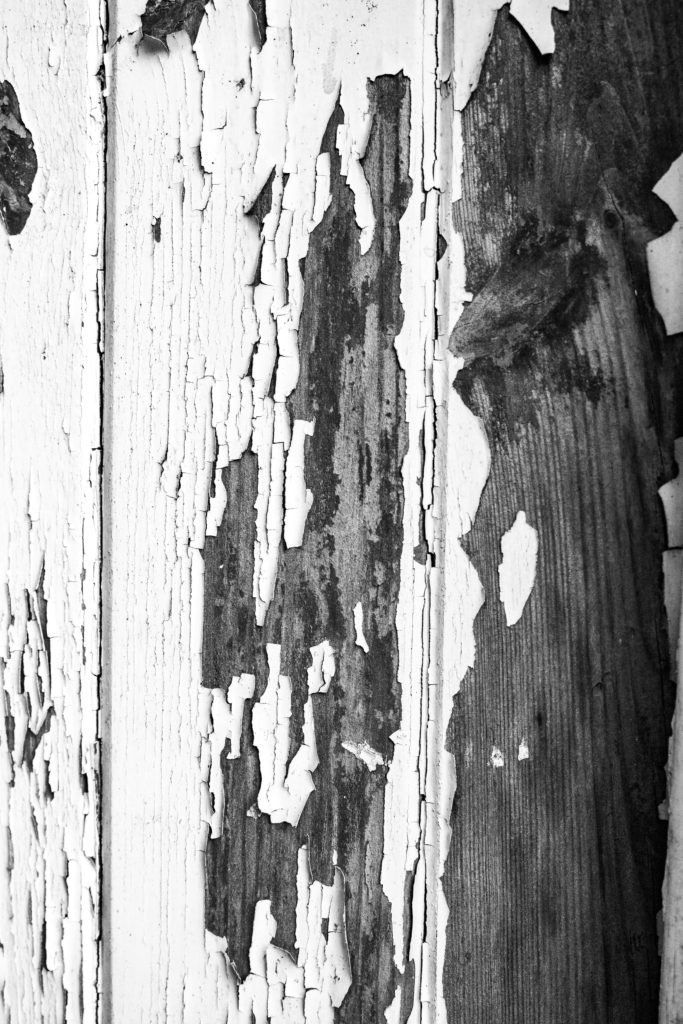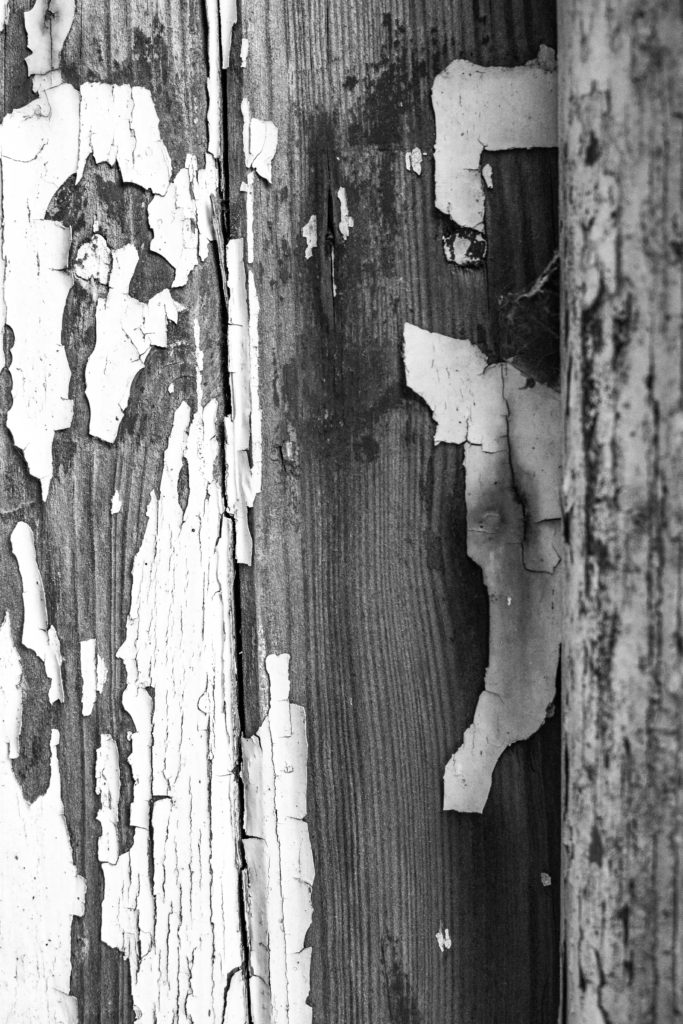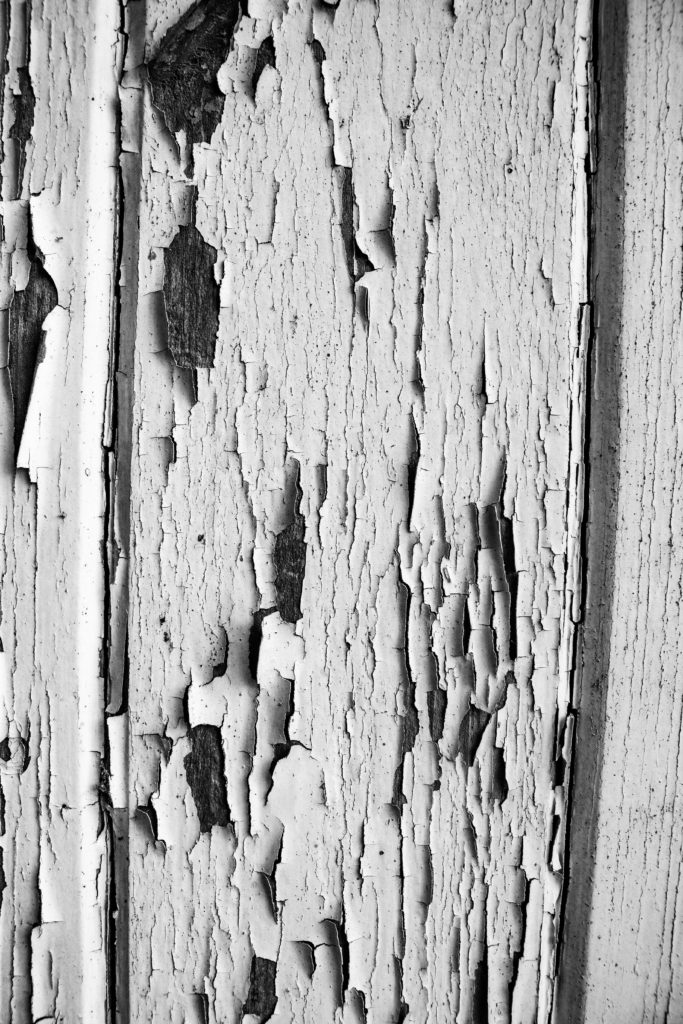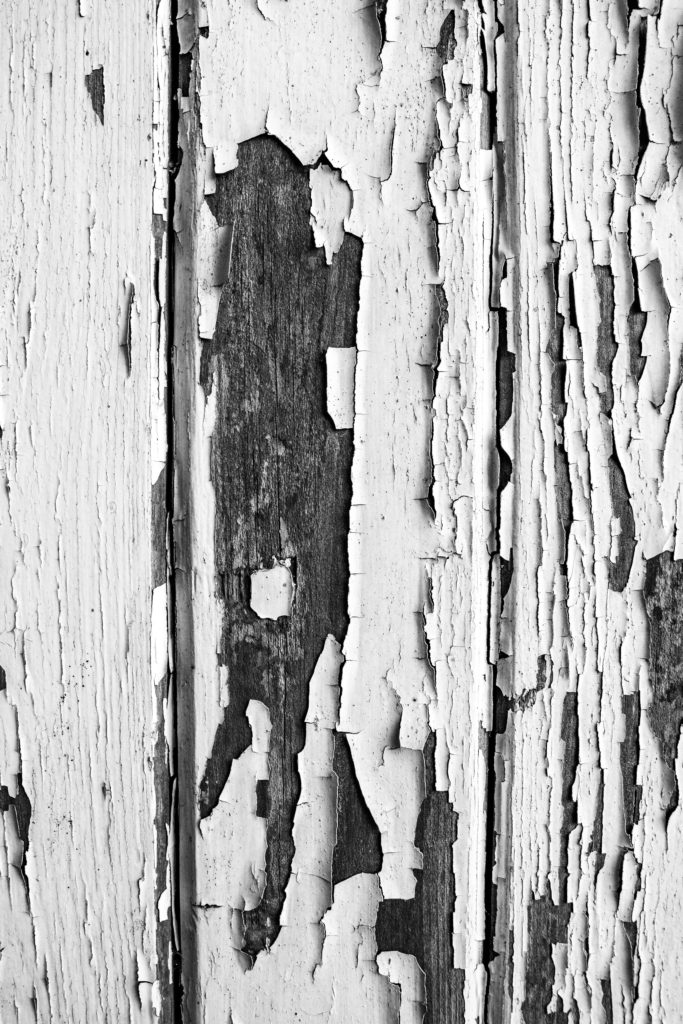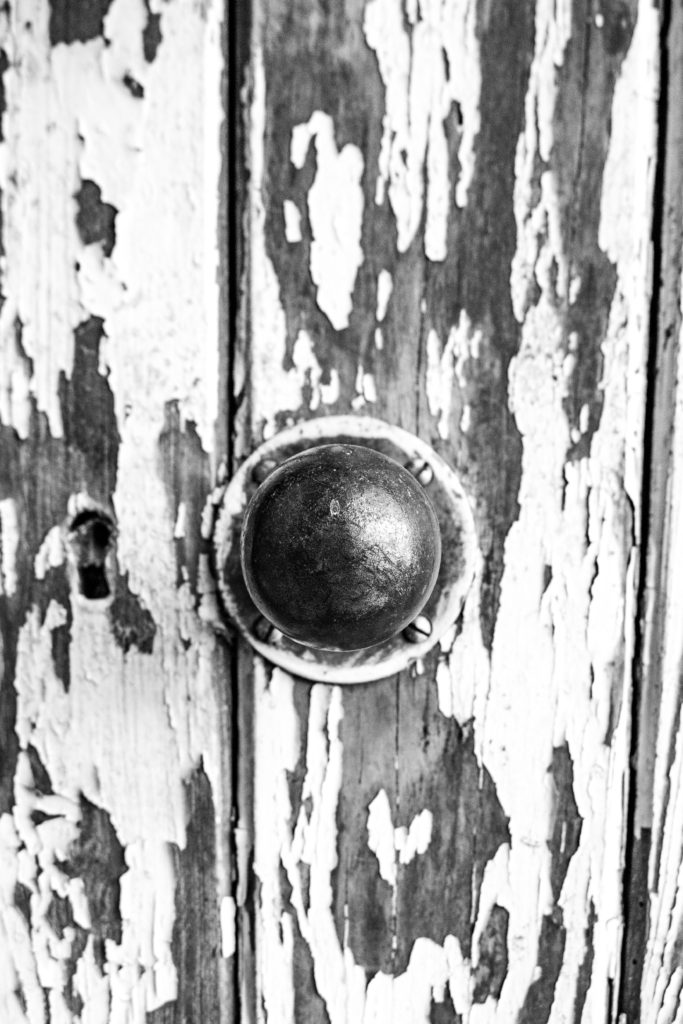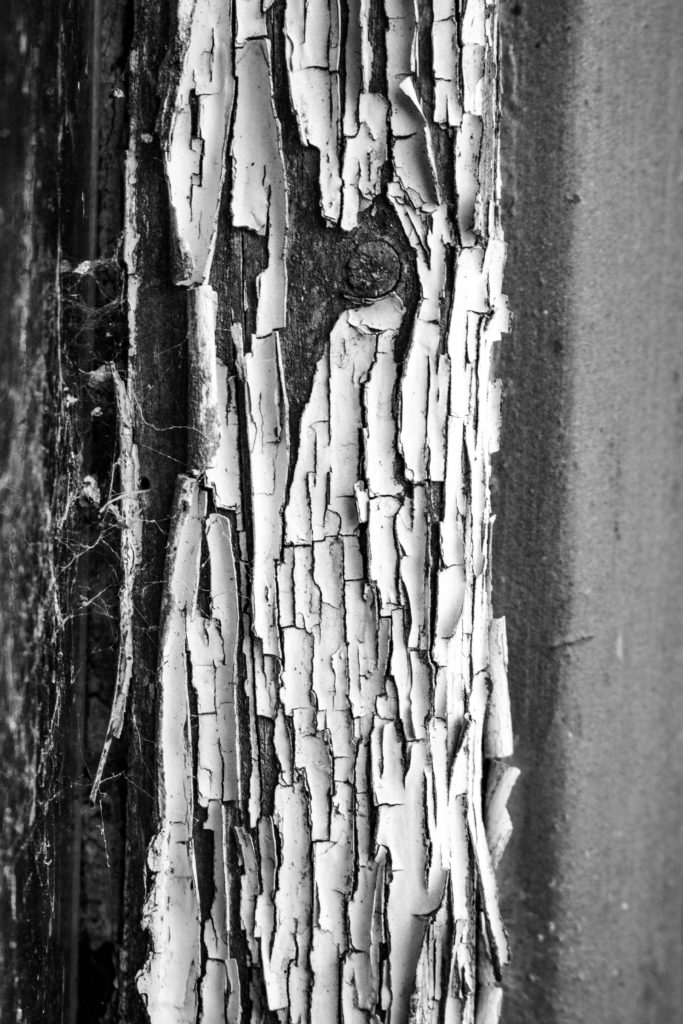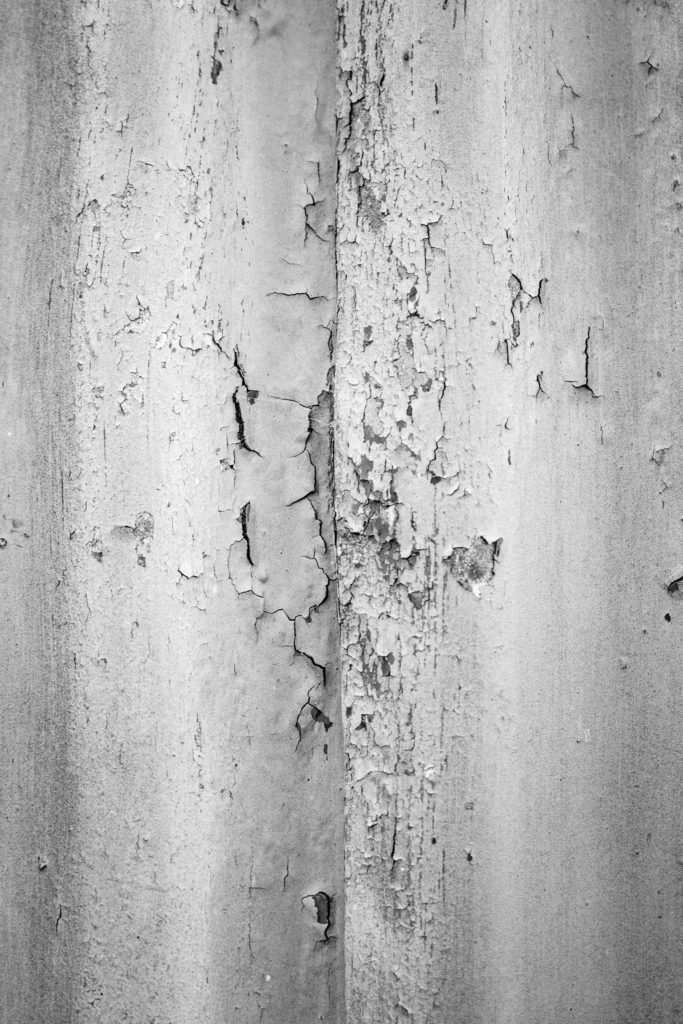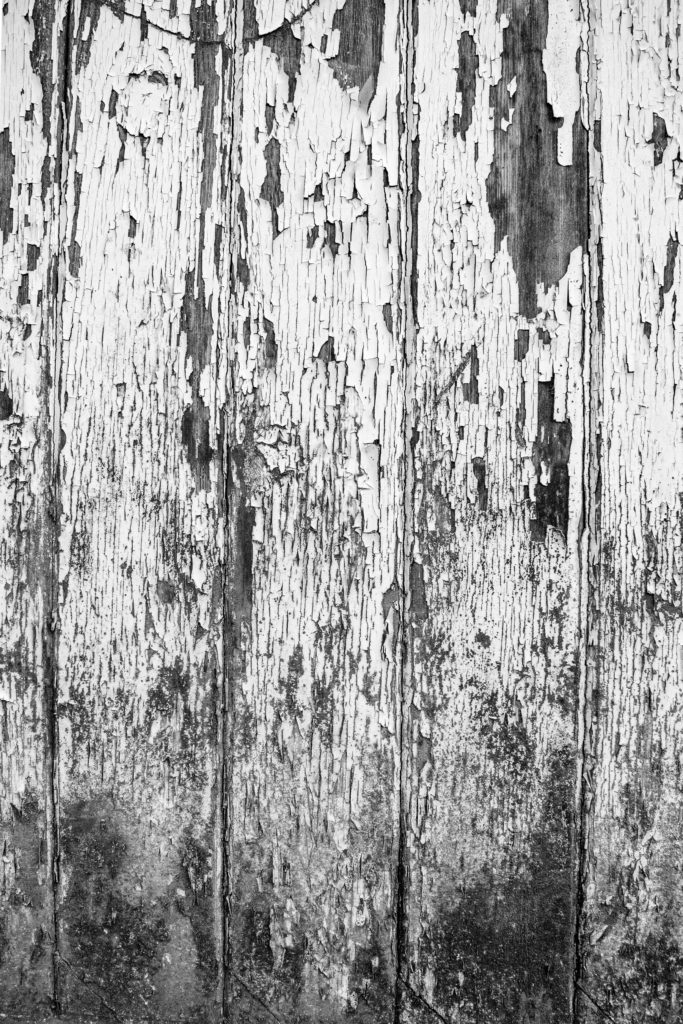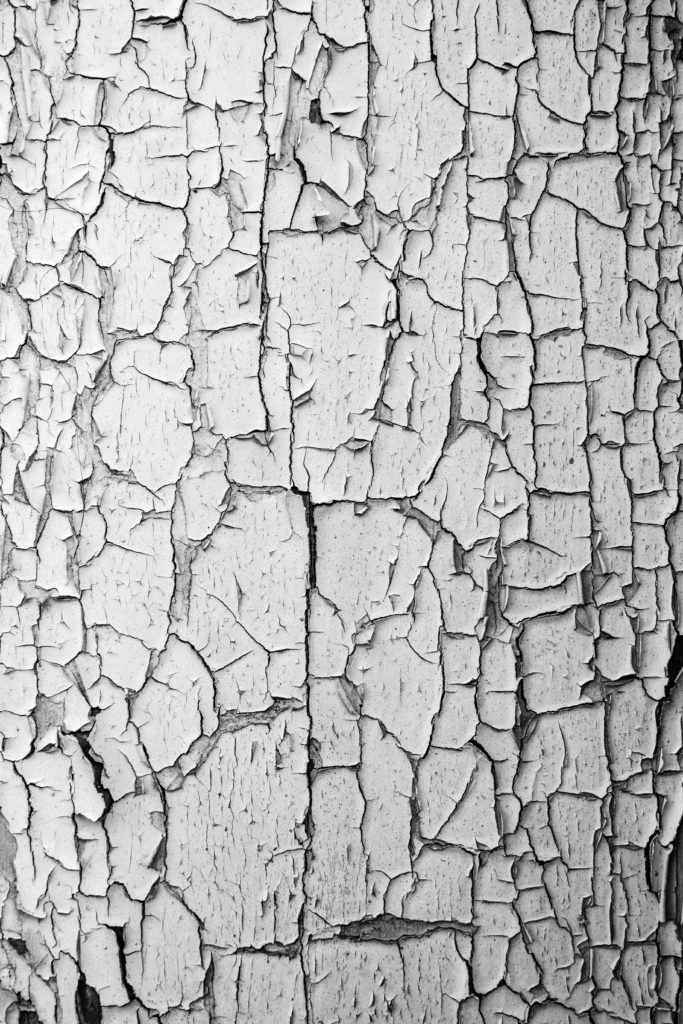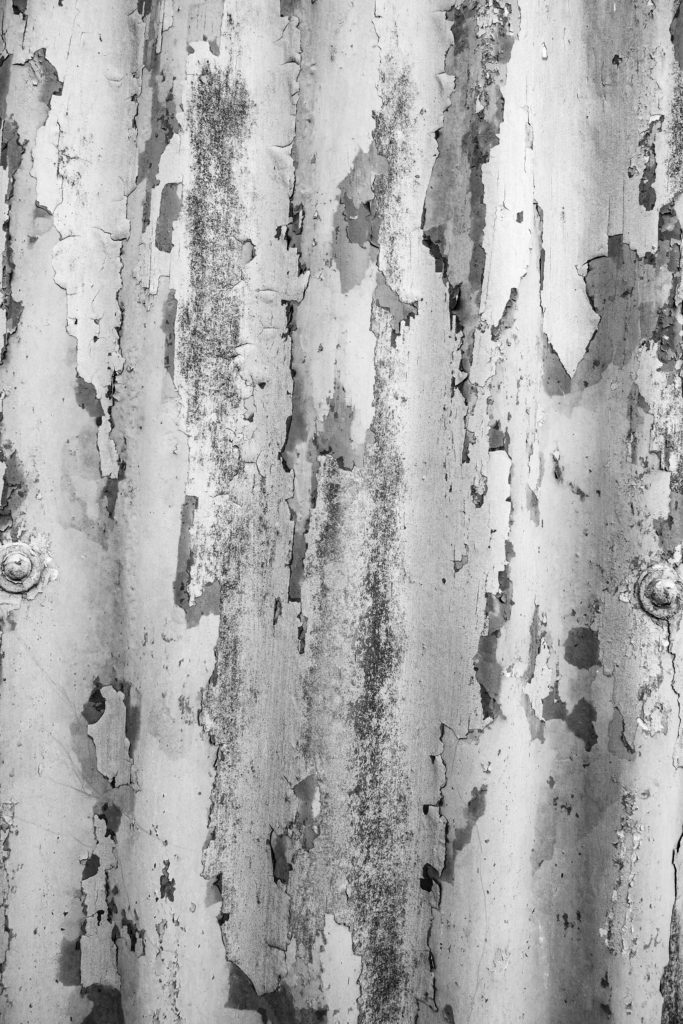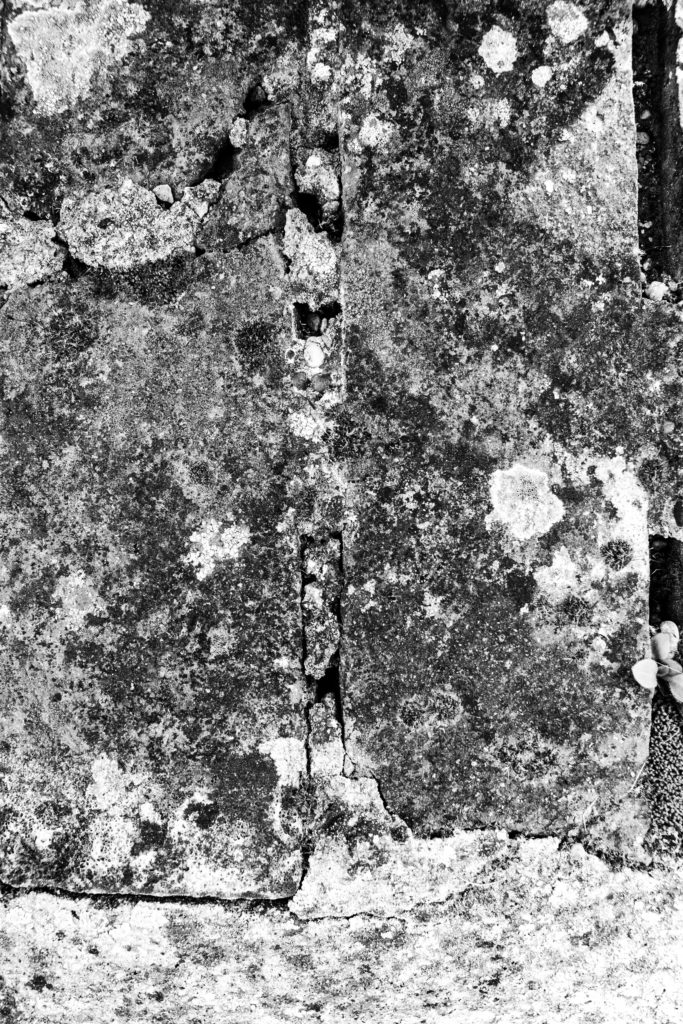Introduction
“What makes an image iconic?” This is a question most photographers have thought at least once in their career. For some this is the most important thing to them and spend their lives chasing and searching for such types of images. Once in a while, an image pops up that really makes people stop and think. It can often get shared all over social media or around the whole photography culture. But it is the those types of images that we still remember many years later that have incredible meaning.
Analysis
The image of the BLM protester carrying a white man to safety has become a very well known image in light of all that is going on in America and around the world. What made this image stand out was the spontaneous nature of the image, the authenticity but most importantly; the context behind. In Sophia Smith Galer’s article “How to create an iconic image” she states “I think in our image-overloaded world we’re struck by their authenticity, that they are spontaneous images that even so subscribe to visual themes we’re now so used to seeing staged.” What she is saying is we struggle to know the authenticity of these images because many photos are staged to create a meaning and show a certain perspective. The way I see it is, sometimes a staged image is not always a bad thing. For example, this image of a black man carrying a white man to safety during a BLM protest could be real but it could be fake. But does it really matter if it is or not? Is it still evoking emotion? Is it portraying something that happens? Is it representing a group of people or a society where people help each other? I believe this image is real.
“What were the circumstances of the photograph” This is one of the questions used when analysing iconic images from the ‘Why is it famous article’ The image was taken during an event in history where there is a lot of hate and tension between whites and blacks. There have been many images created over the last few months depicting white people as the enemies and an overpowering force. This is as a result of the black lives matter response to police brutality in America and worldwide. The fact that this image shows a black man rescuing a white man from a group of black protesters who are angry and wanting to take it out on and beat the white man. The fact is that the man carrying the other man is at the protest because he is angry, he is fed up with the racial discrimination and the way blacks are treated but he looks beyond that and sees a human life in danger, no matter the colour of the skin. Another question from the ‘Why is it famous’ article was “we might ask, what is the social value of the image”. I think what has made this image so iconic in light of recent times a black man stopping a white man from being hurt. When looking back through history, everybody should be aware of the slave trade. The way white men treated black people was horrific. They treated them like animals, as if they weren’t human. For centuries black slaves were made to work for nothing, with slave captains looking upon them with no sense of humanity. But unfortunately even when the slave trade was finally abolished, it didn’t end there, the whole ‘Black Lives Matter’ movement is because there is still racial inequality. This image is iconic because of social values because despite the way black people have been treated for hundreds of years, this man has chosen not to get revenge or even let it happen. Despite all that blacks have gone through, he has chosen to rise up and save another human life. Discussion
Conclusion
To conclude I think what really makes an image iconic is an an image is ‘instantly recognisable even when their political context has been stripped away’. this is the ultimate test for if an image is really ‘iconic’ in 10, 20, 30 years will this image of a BLM protester carrying a white man to safety still be as powerful and well known? Will children being born in the next decade know of this image and know what it represents? It can be hard to tell because iconic images that we know of now had a different context behind them than what we are living now. So in the next 10, 20, 30 years we don’t know what the social context will be, we don’t know if there will still be racial injustice or what society looks like. But I believe that a true iconic image can be found by standing the test of time. It is only in years to come will we know if this image is really an iconic one.

